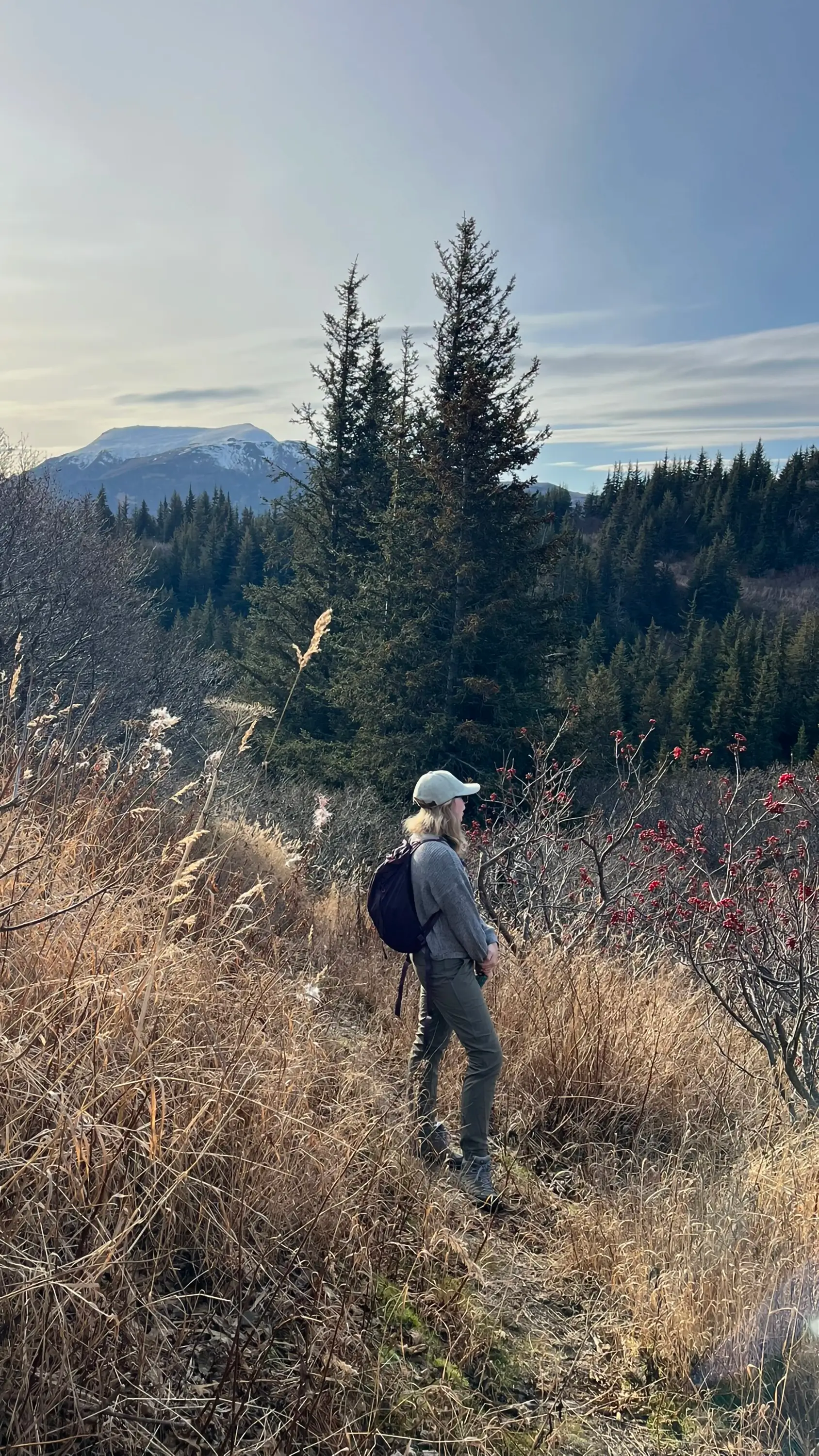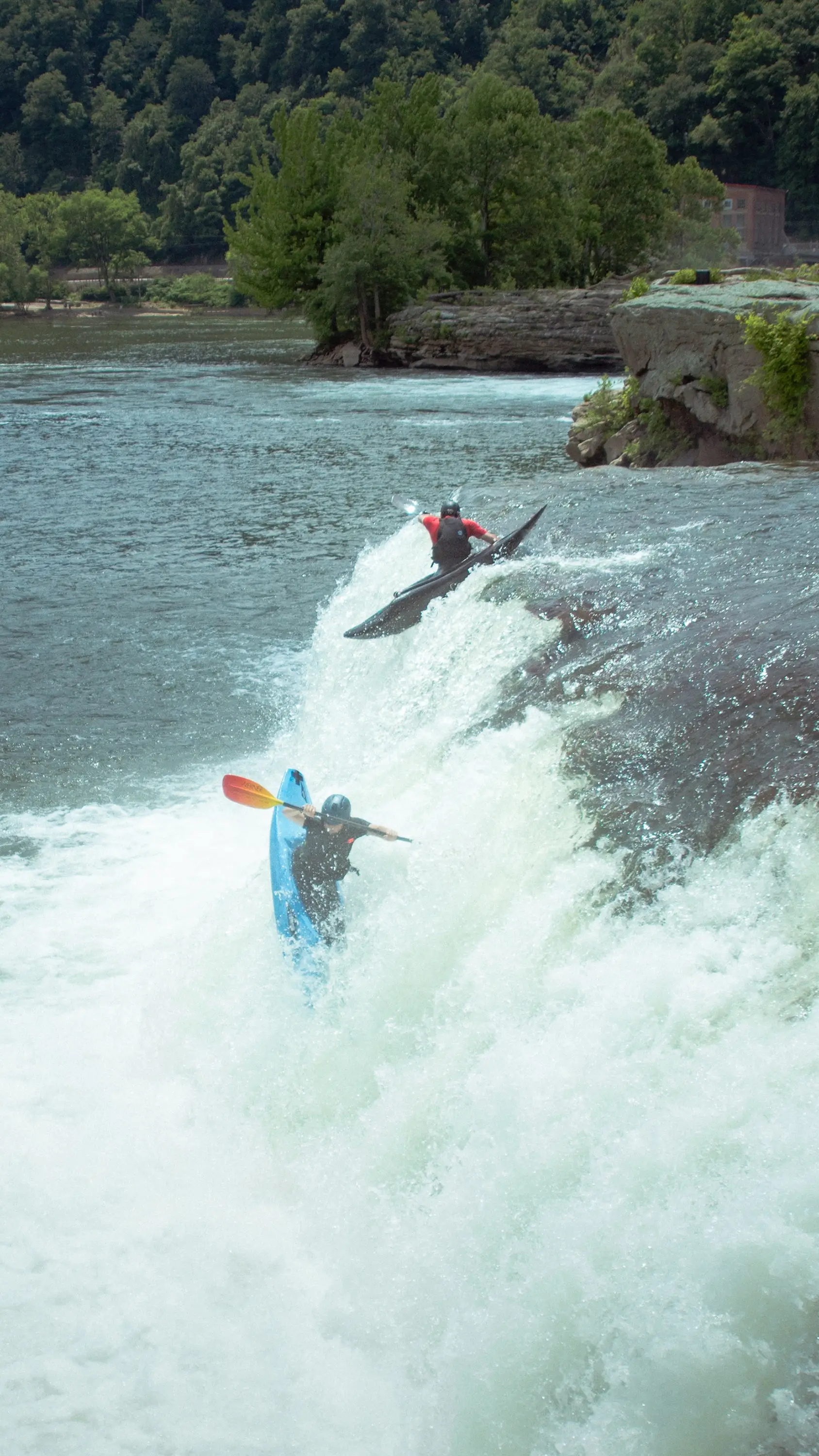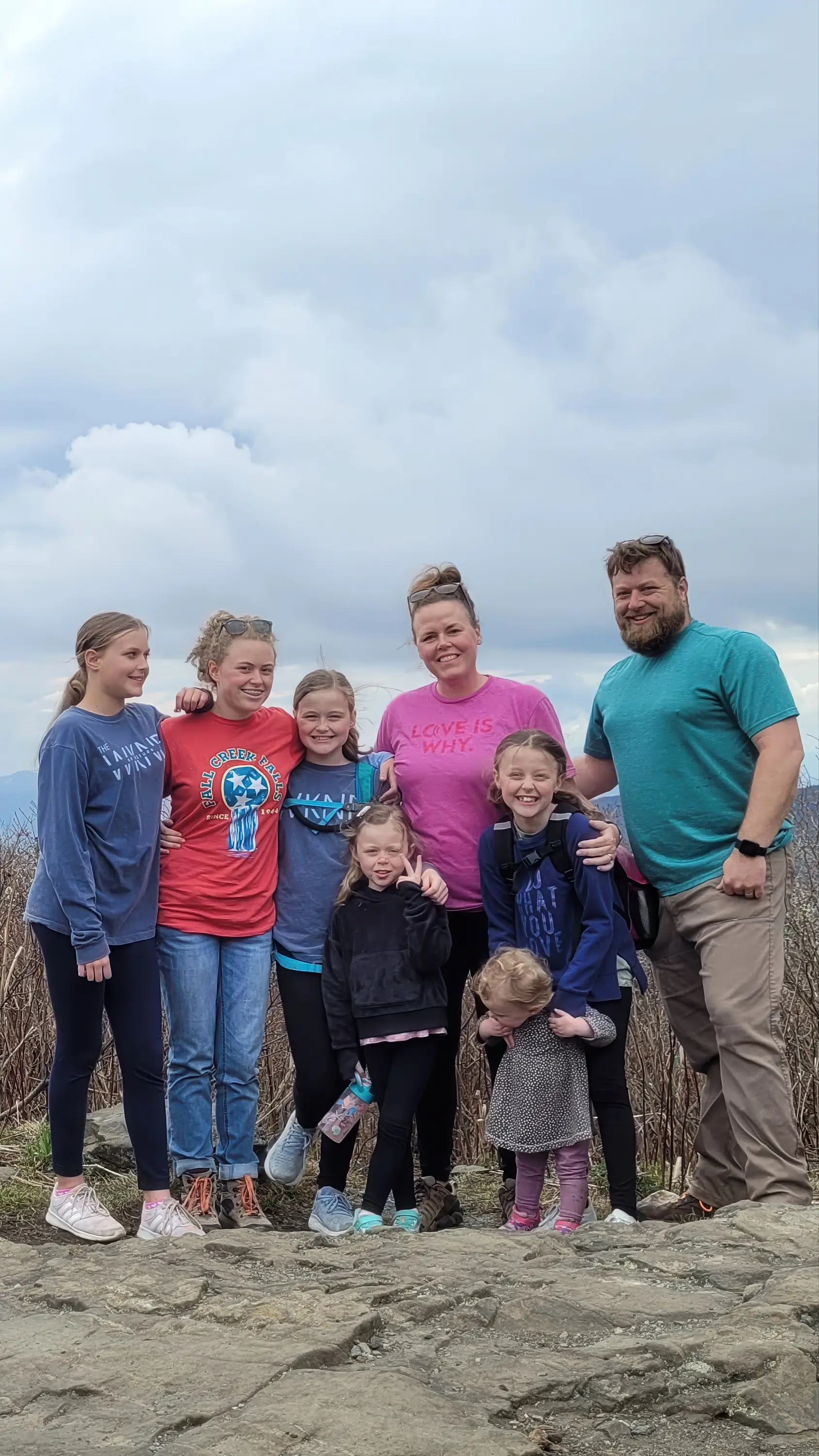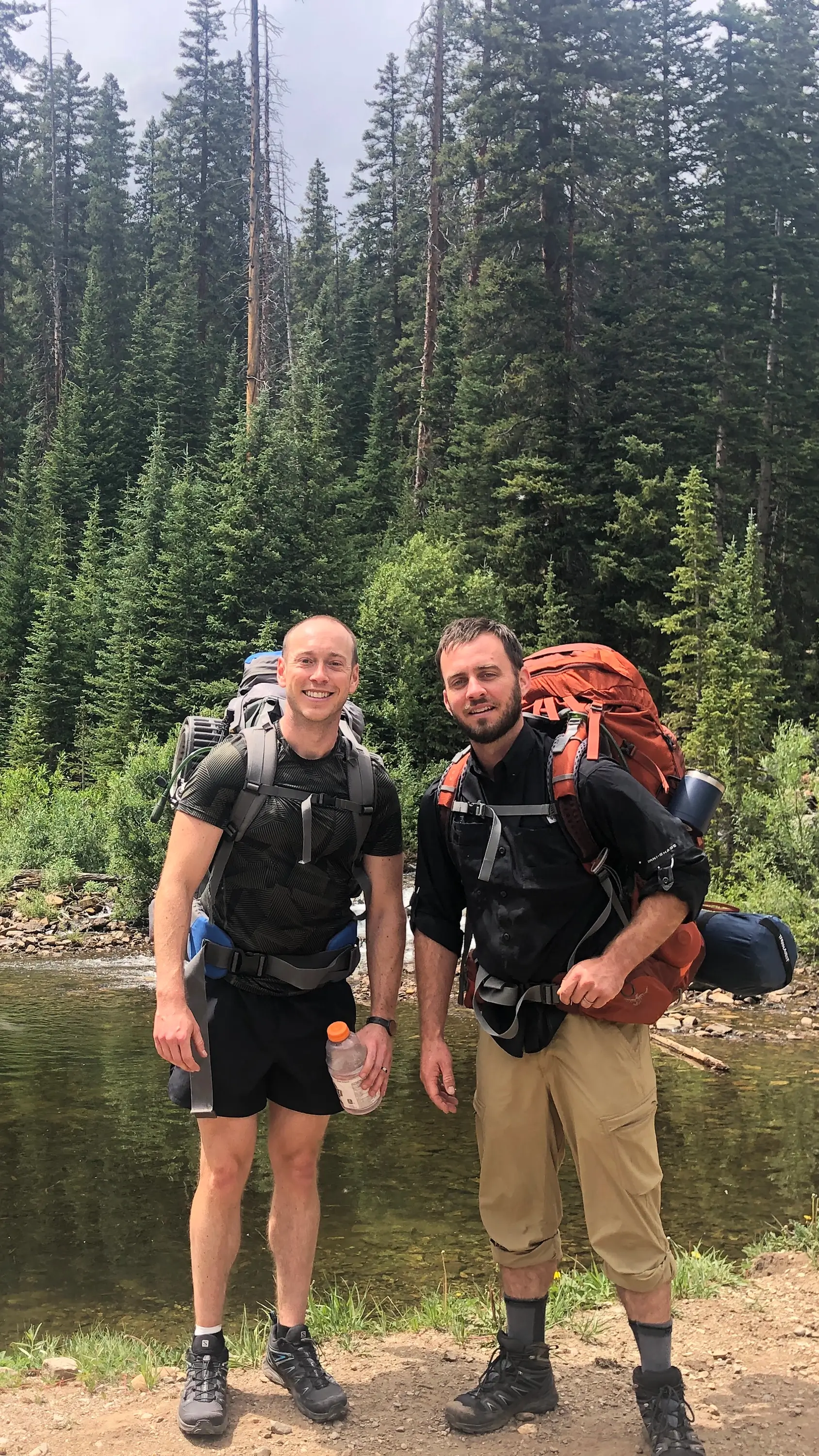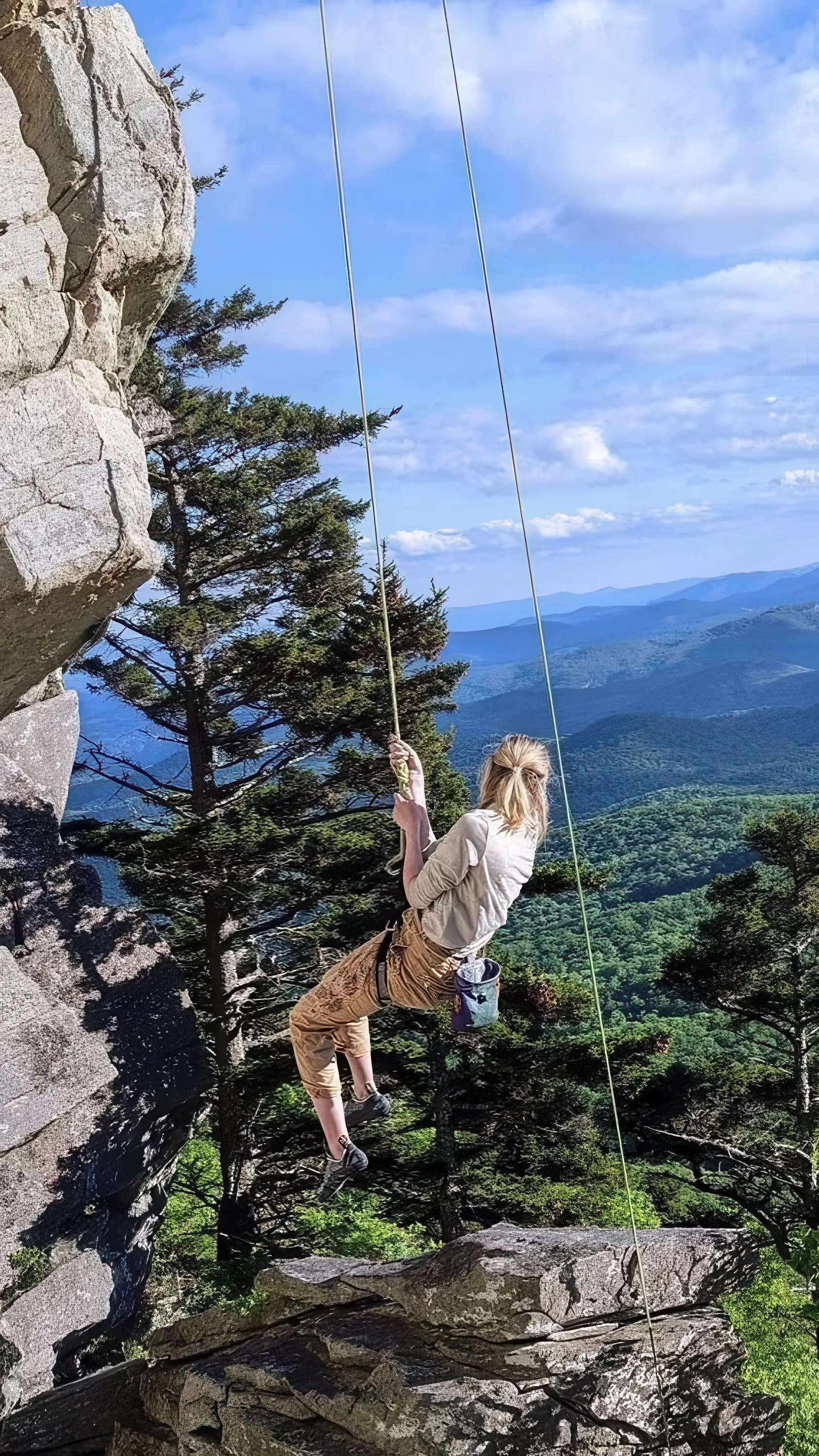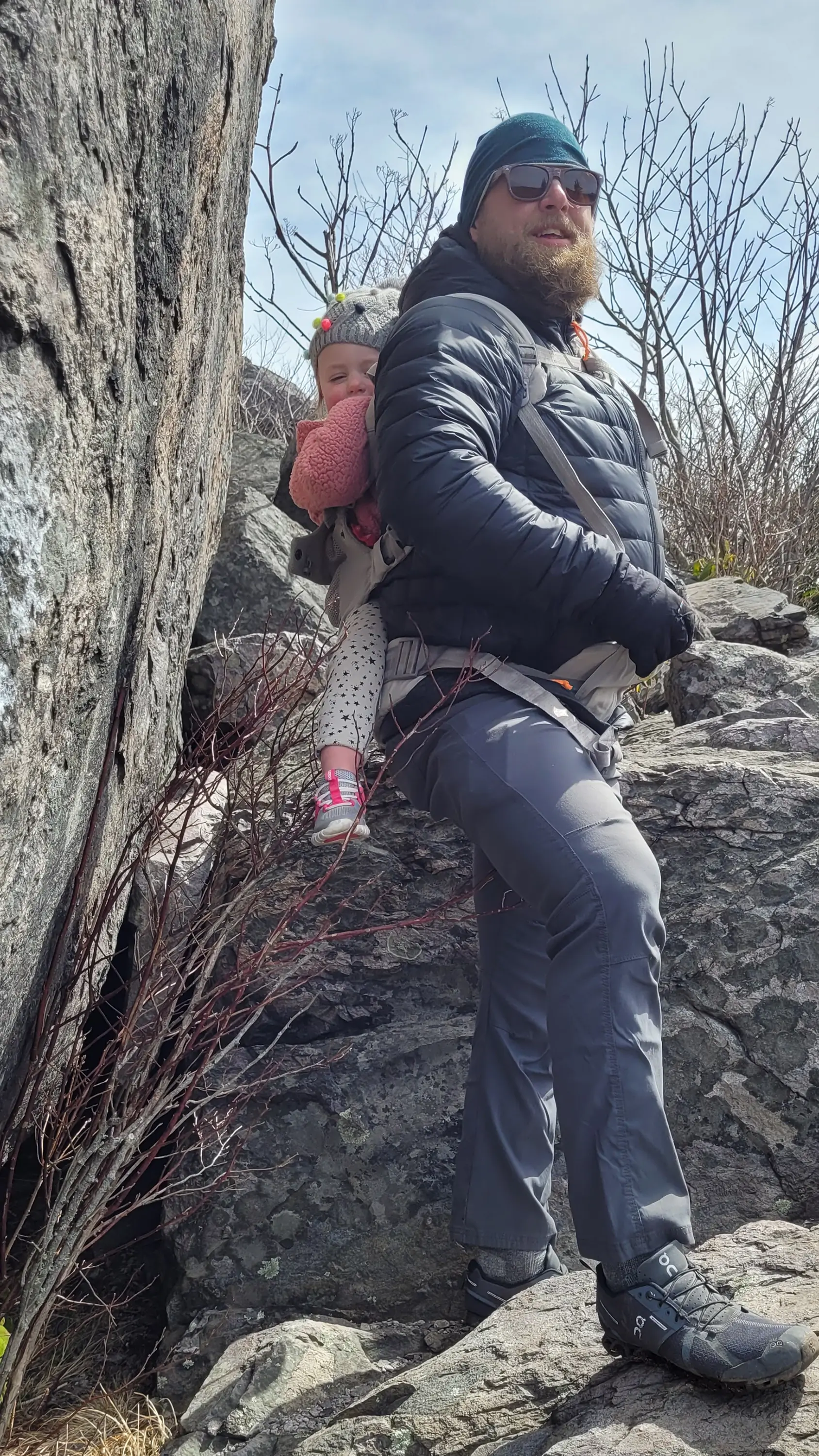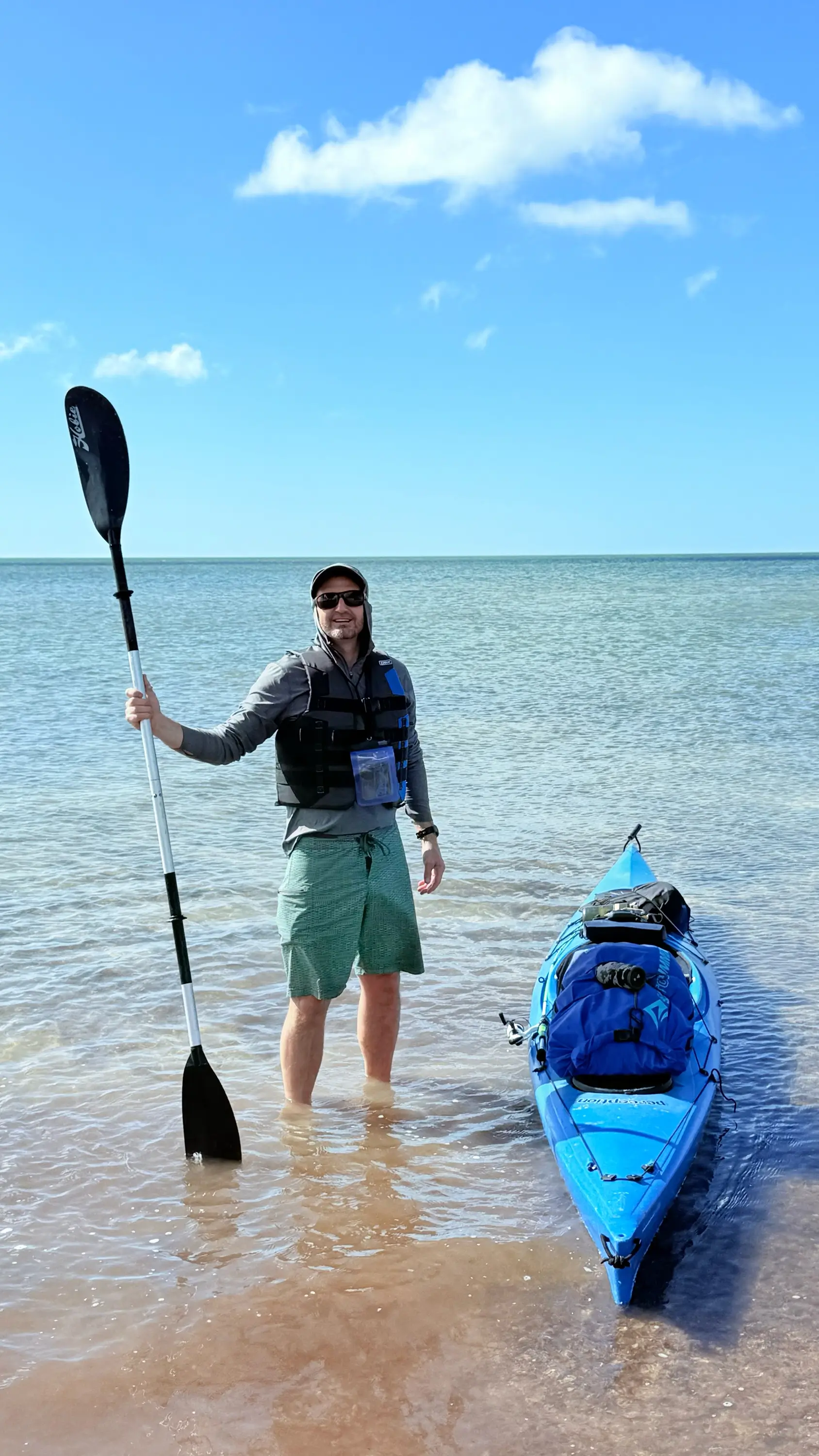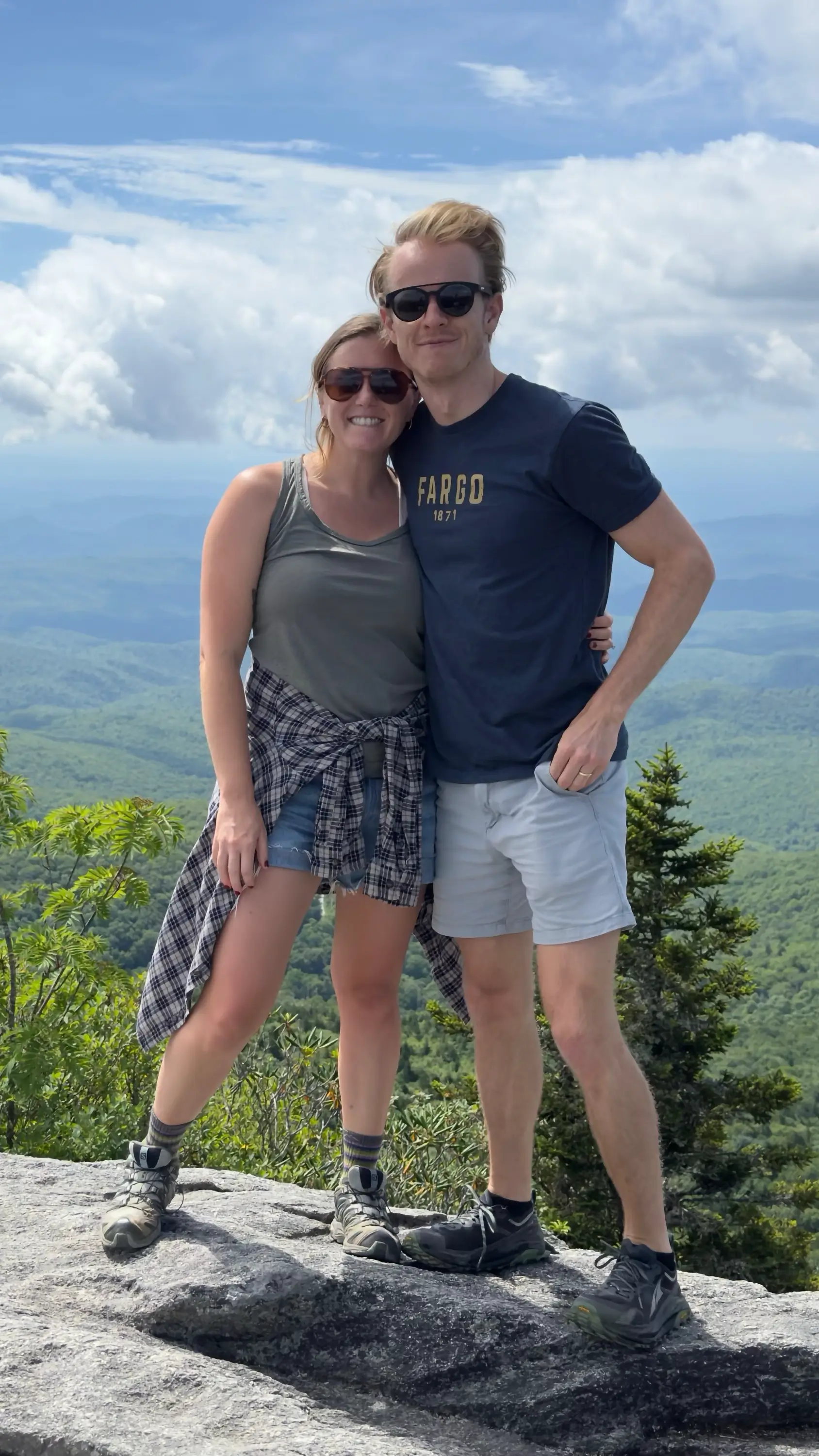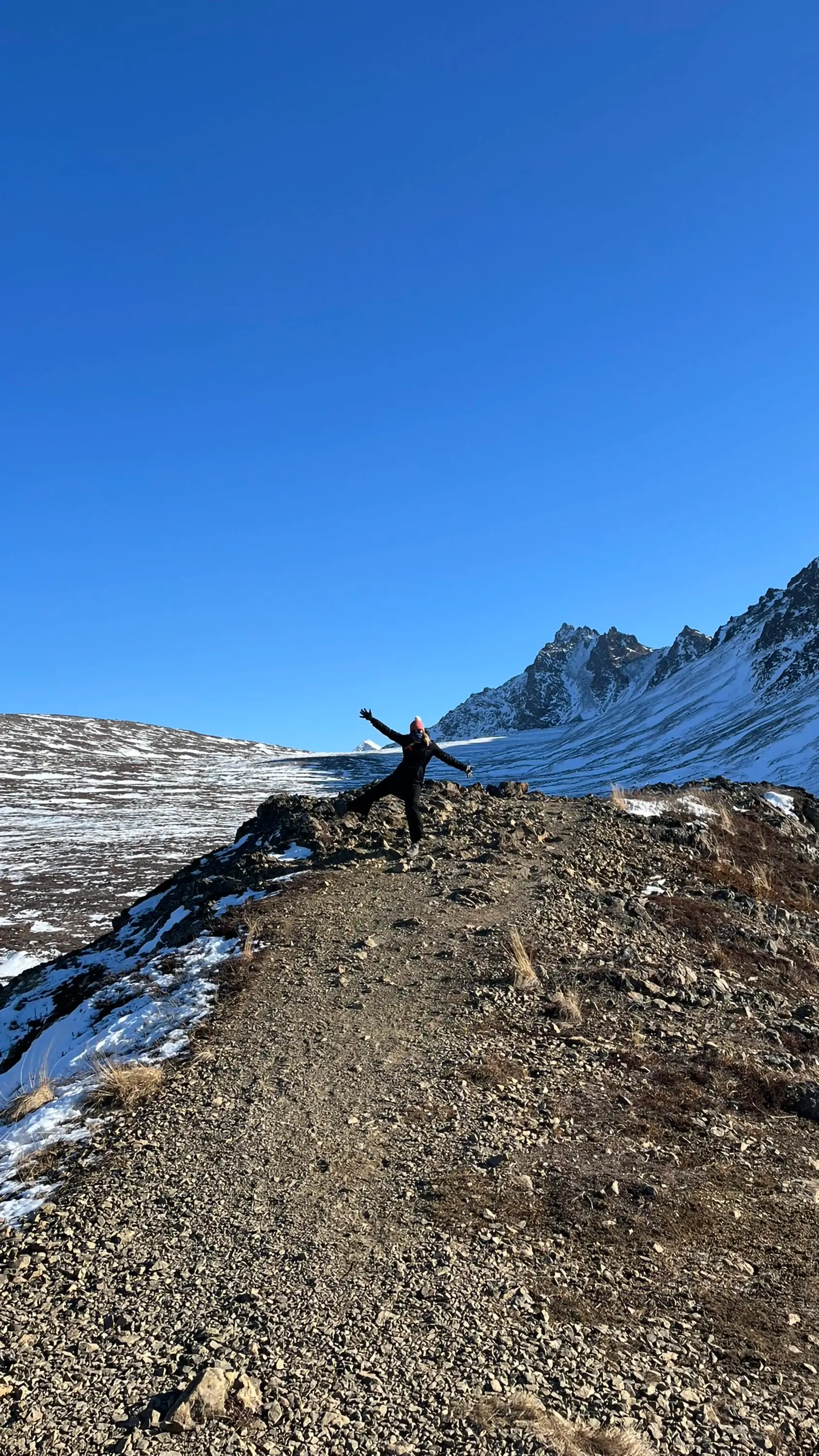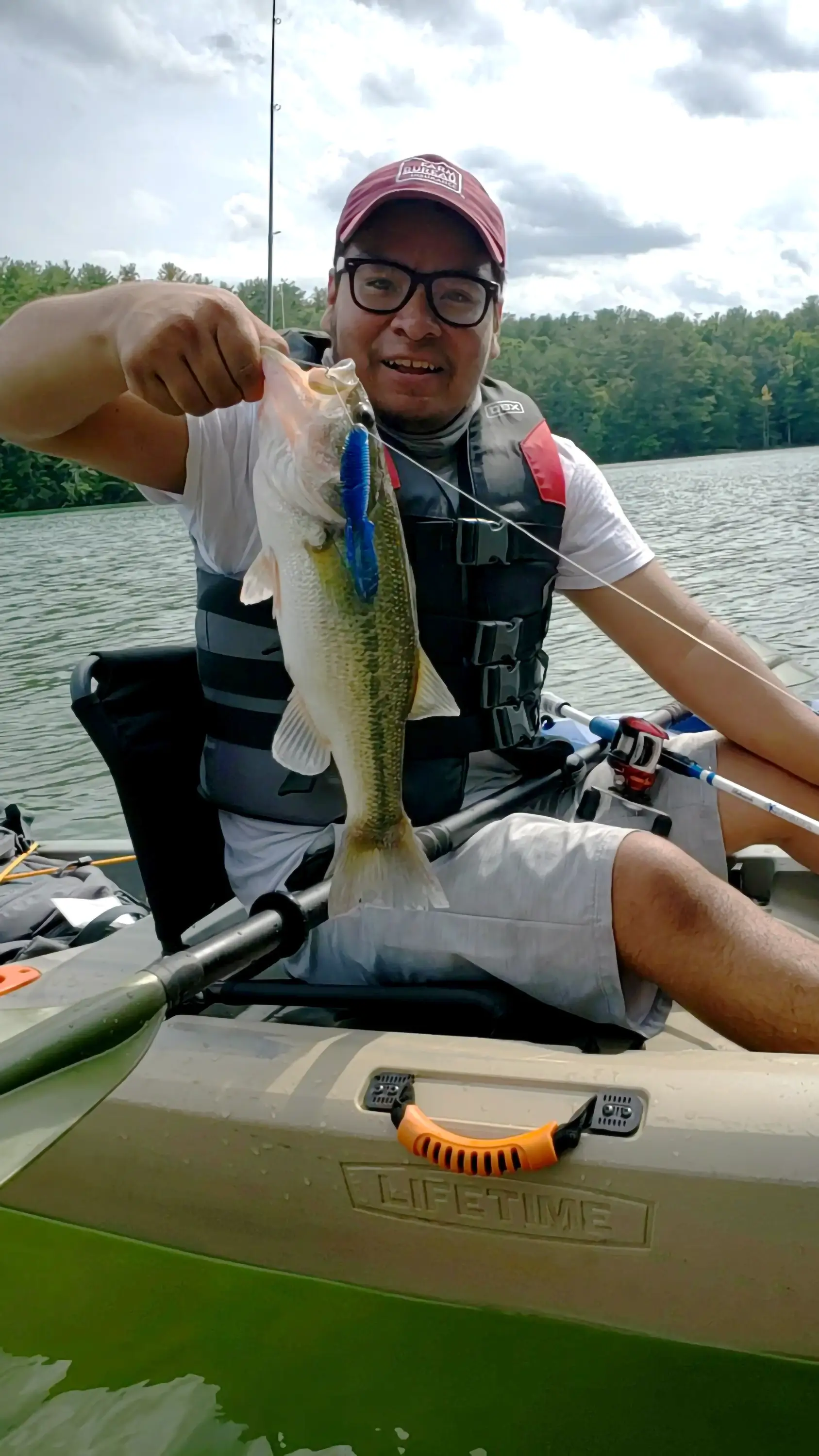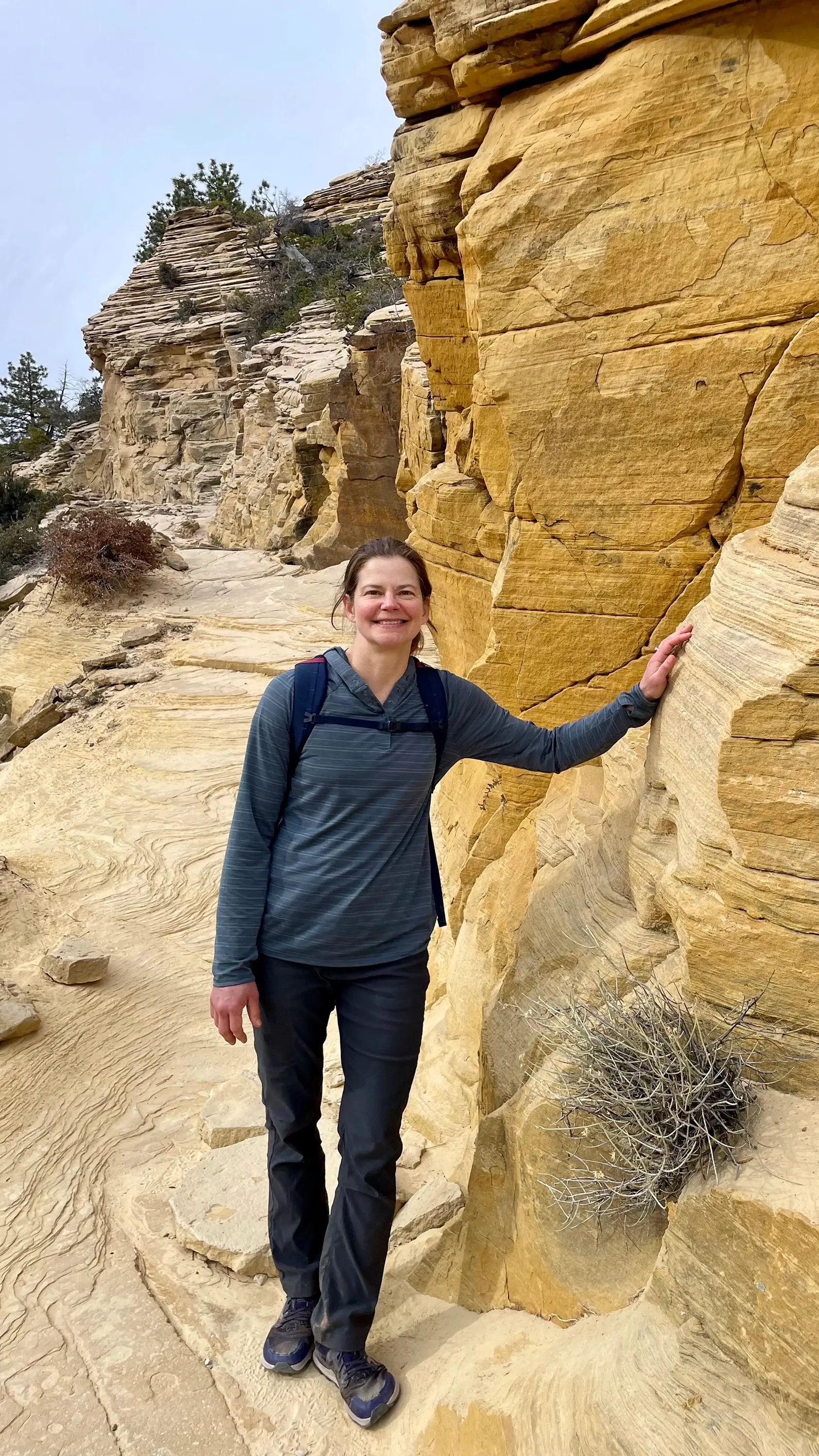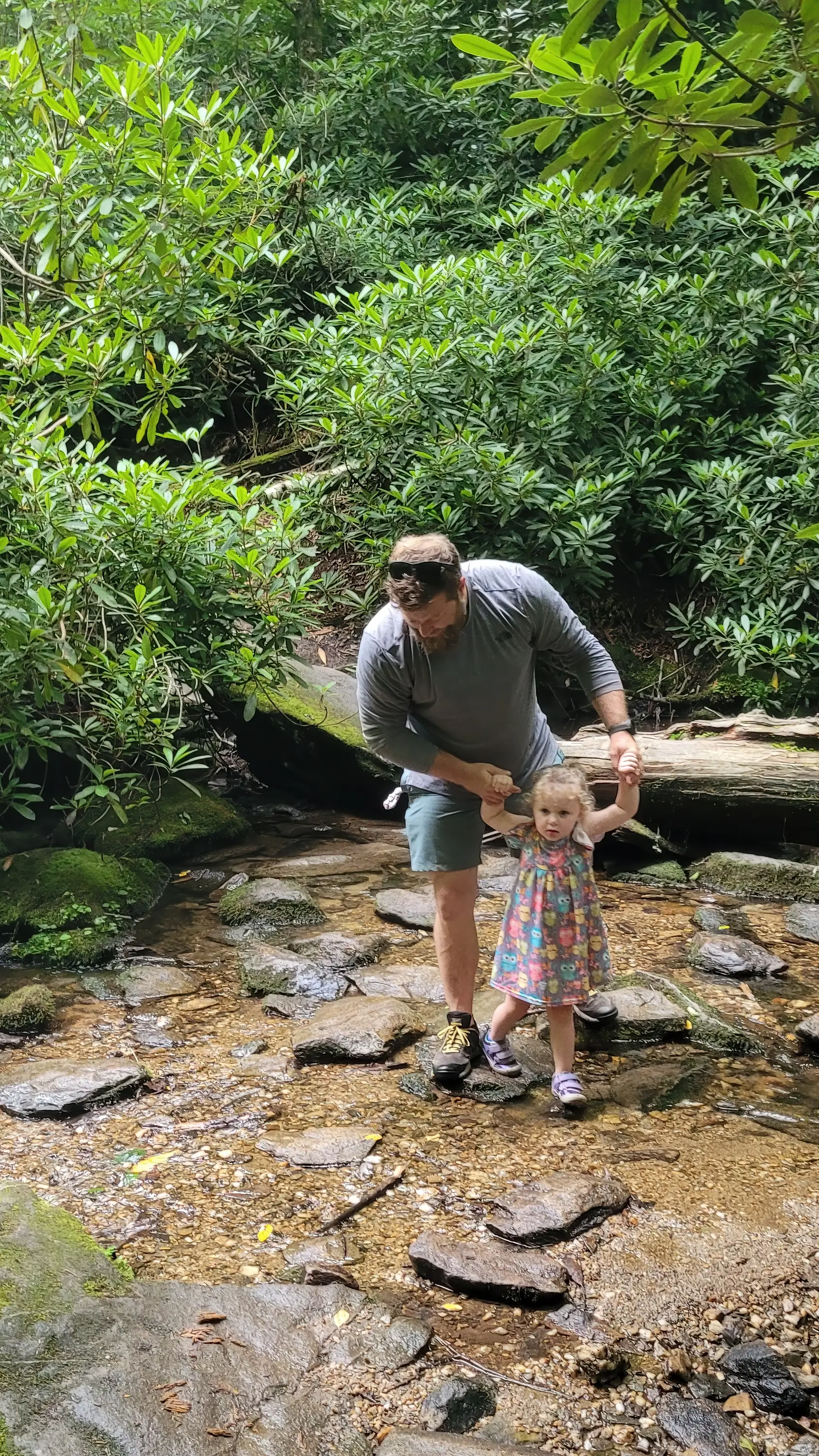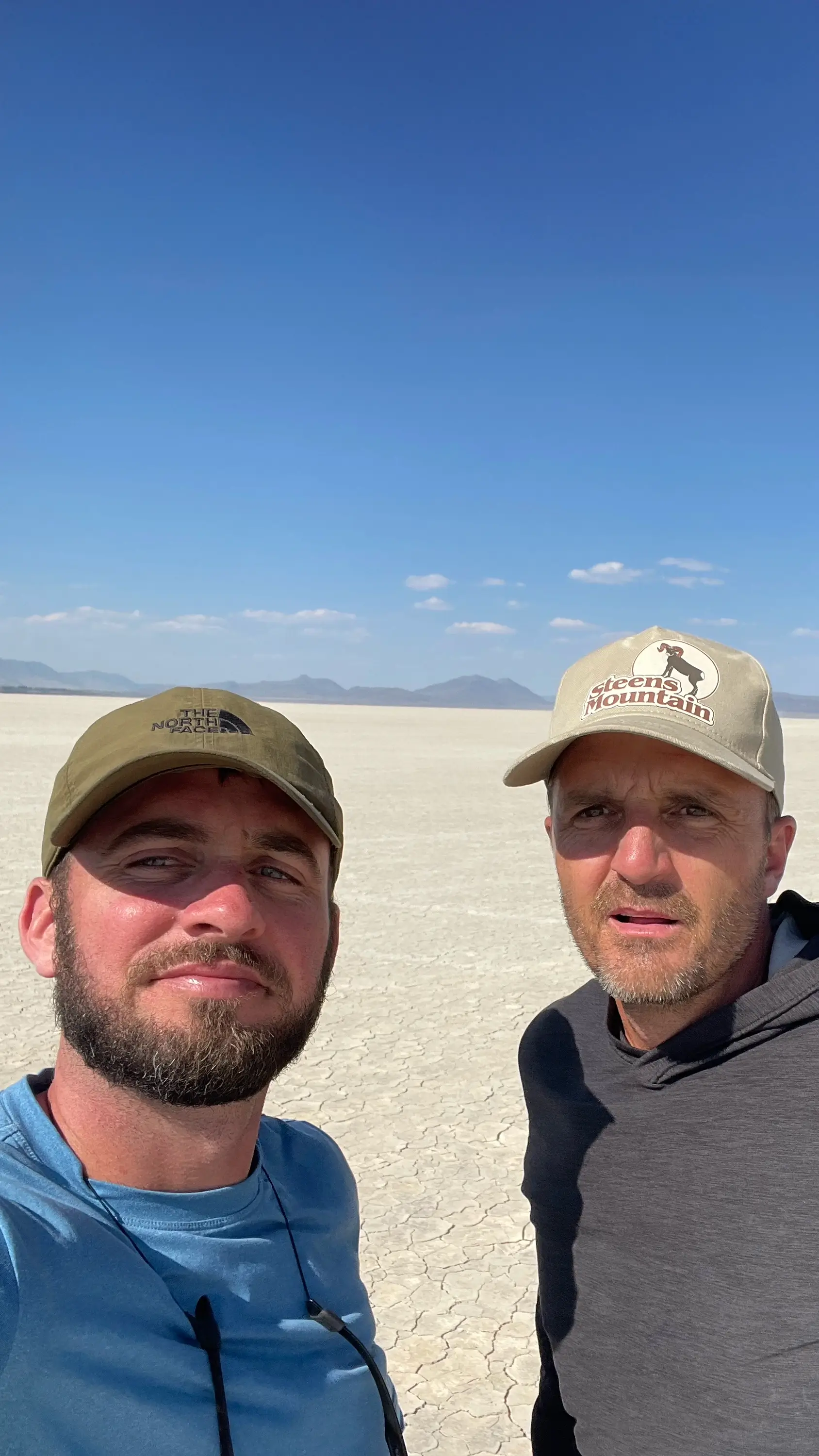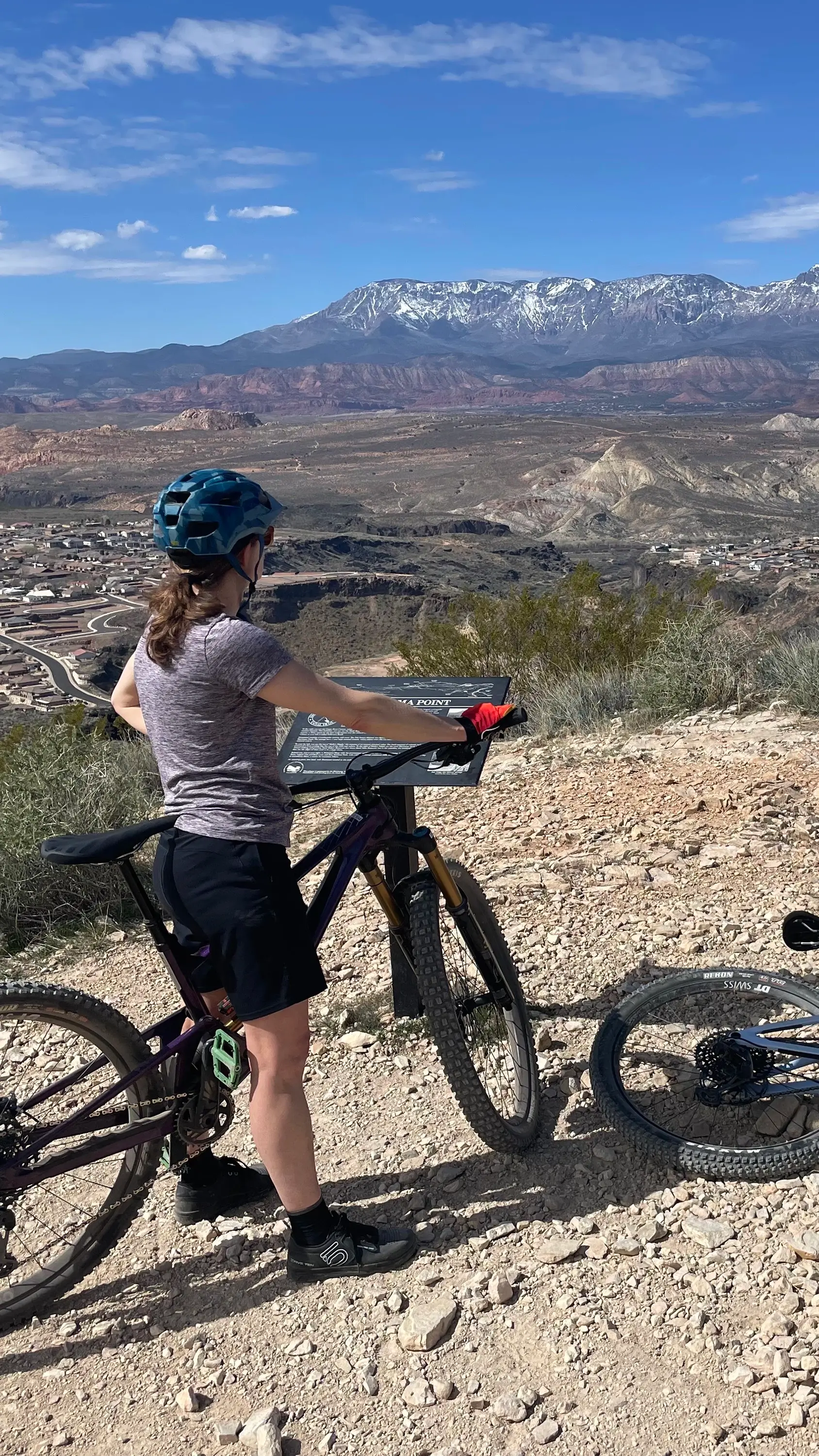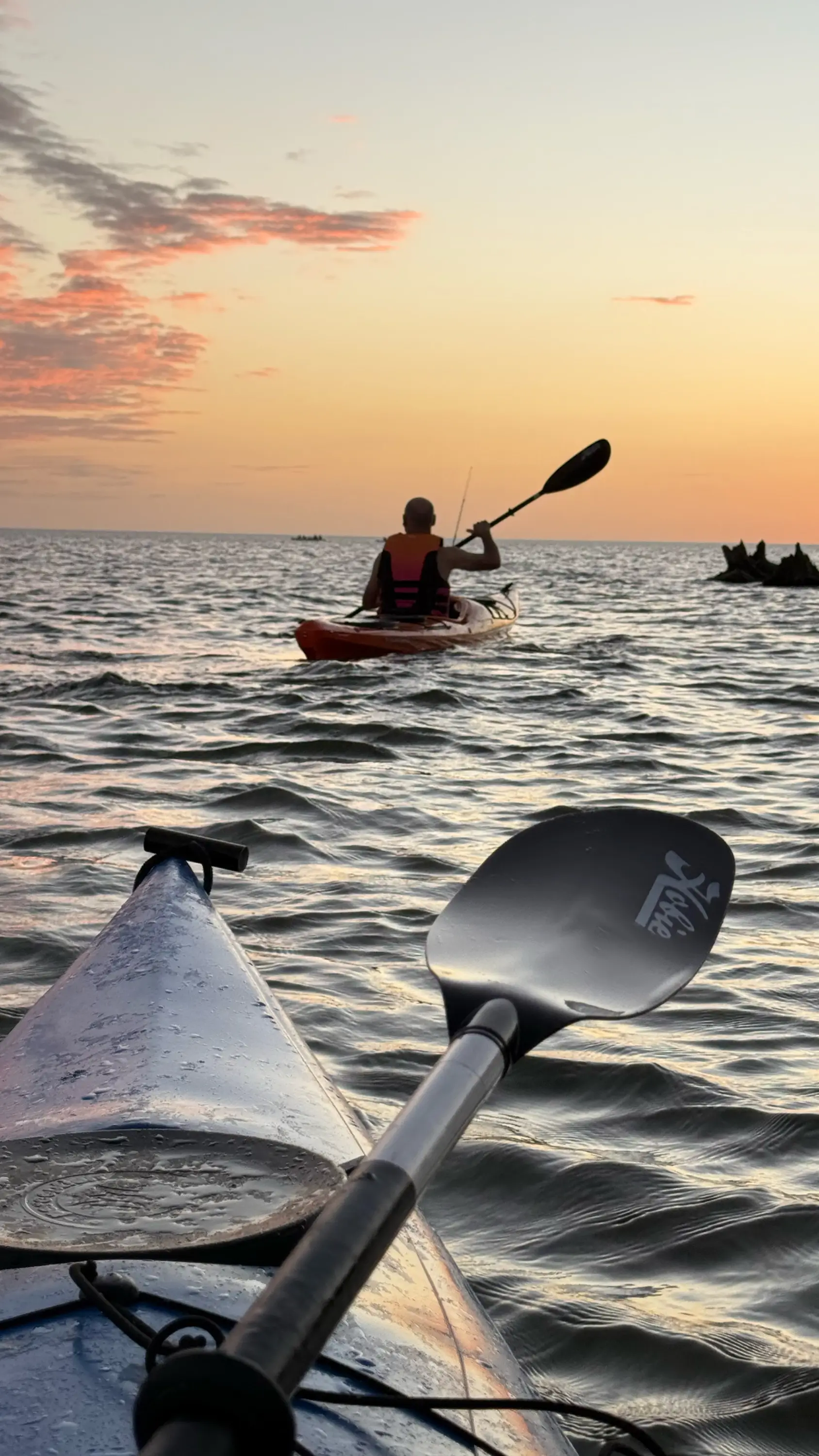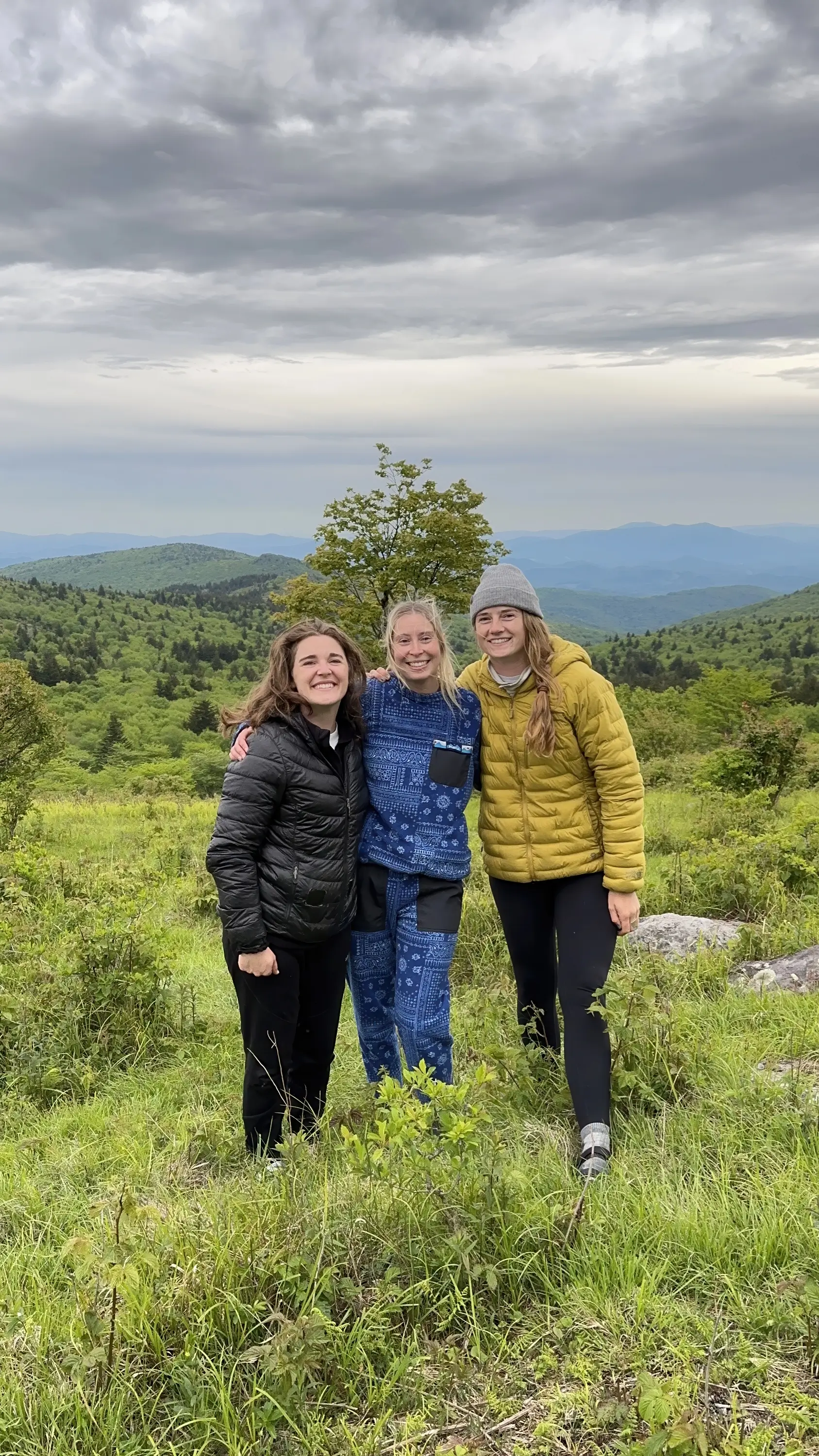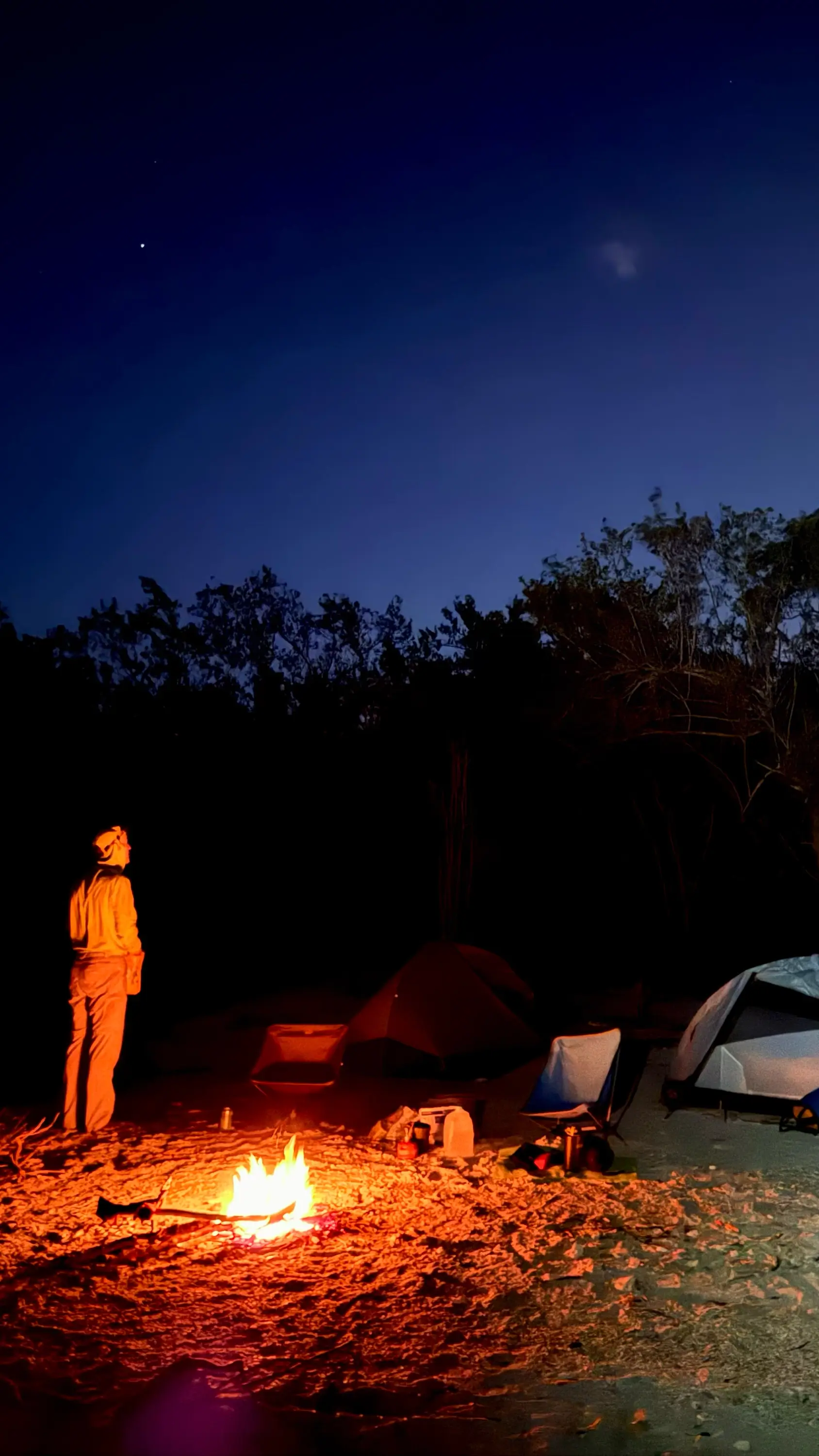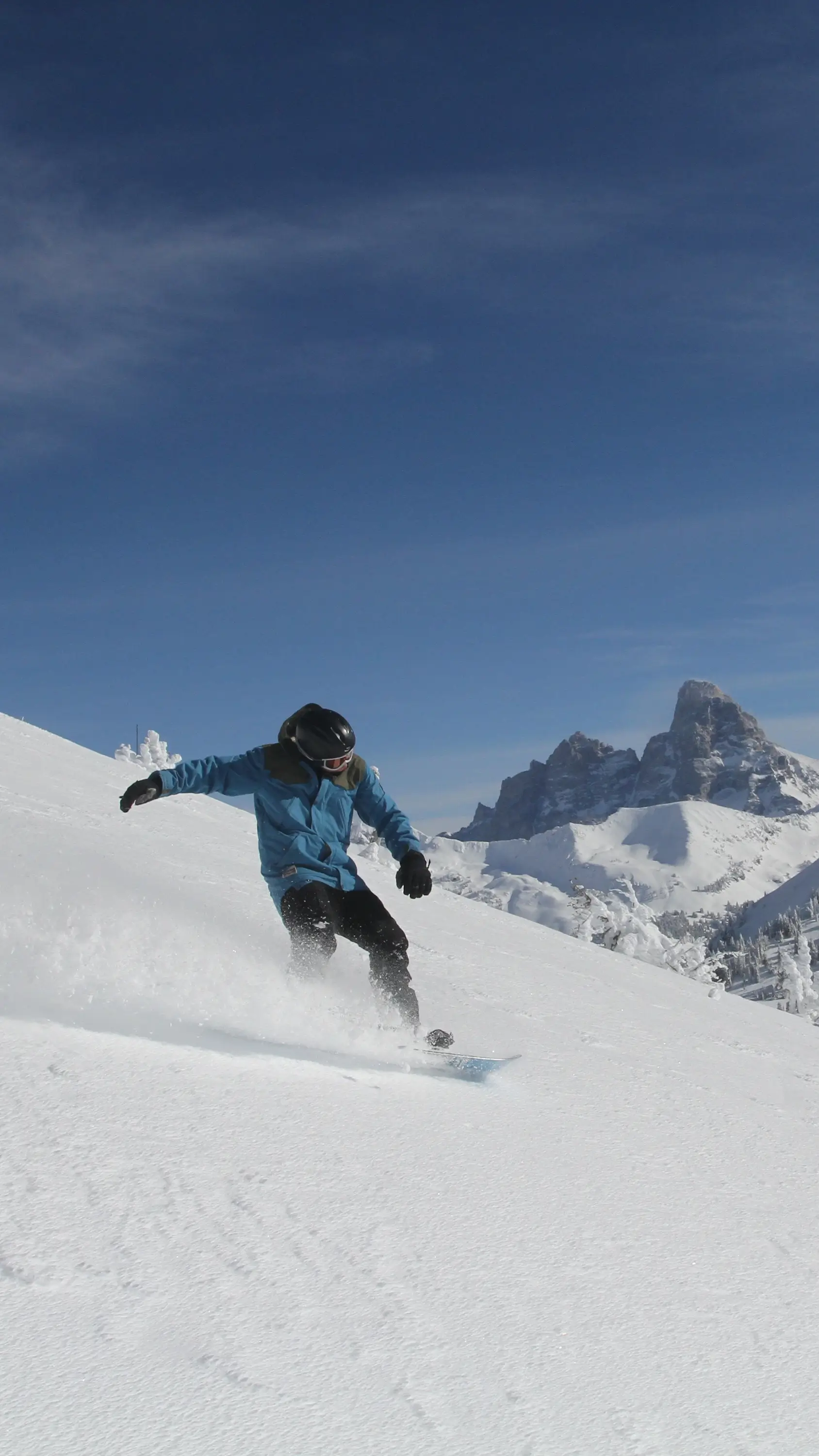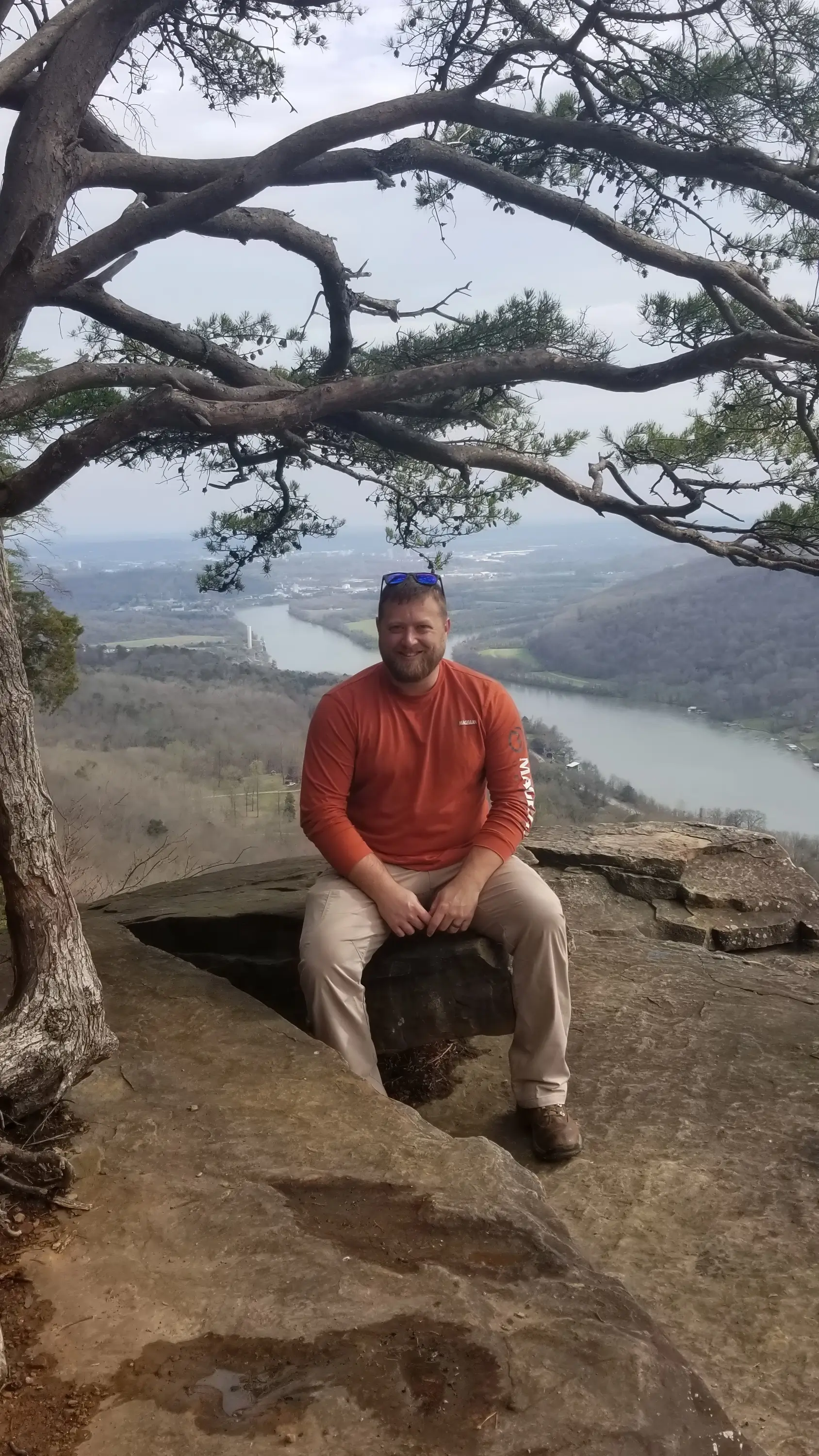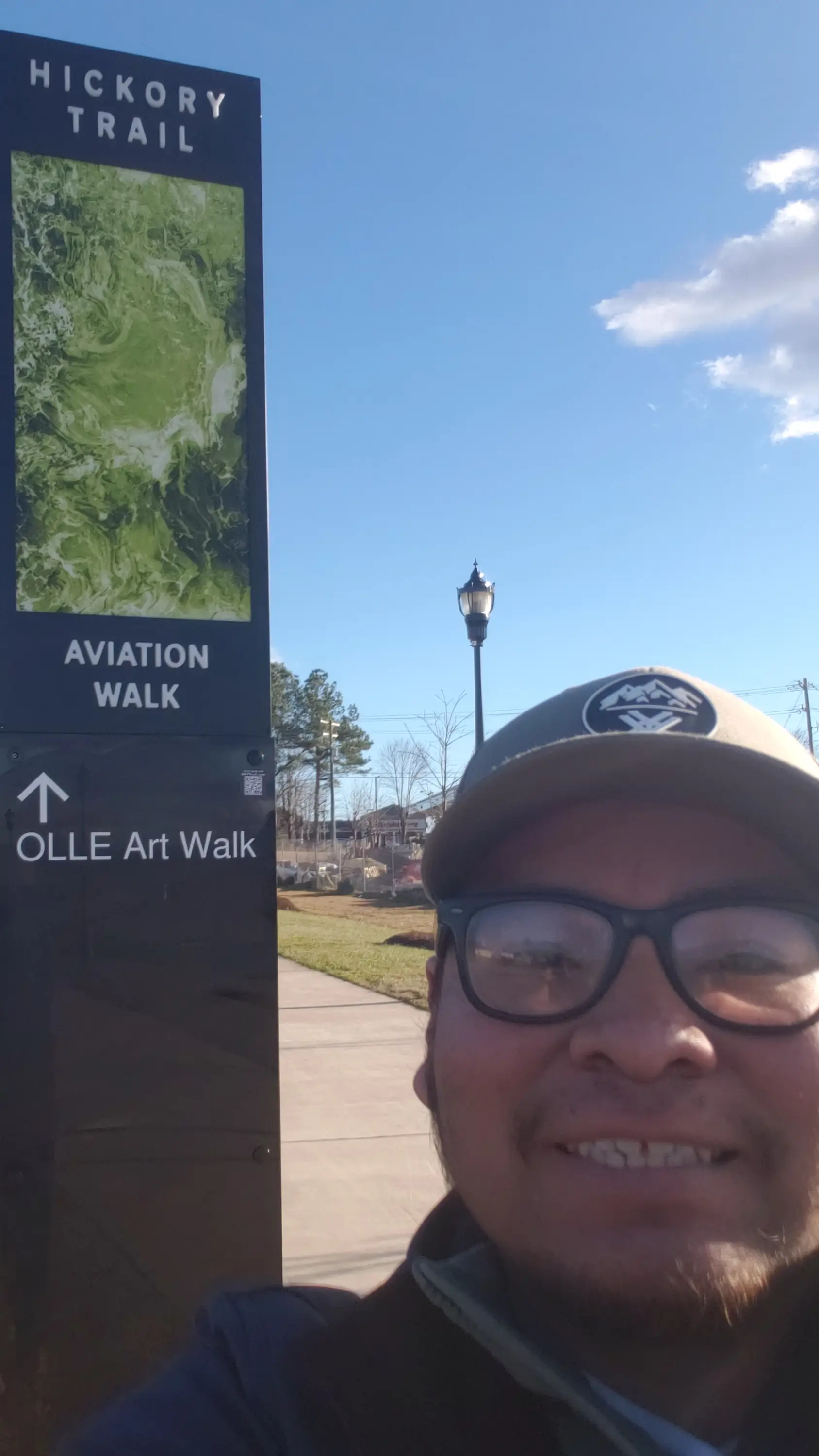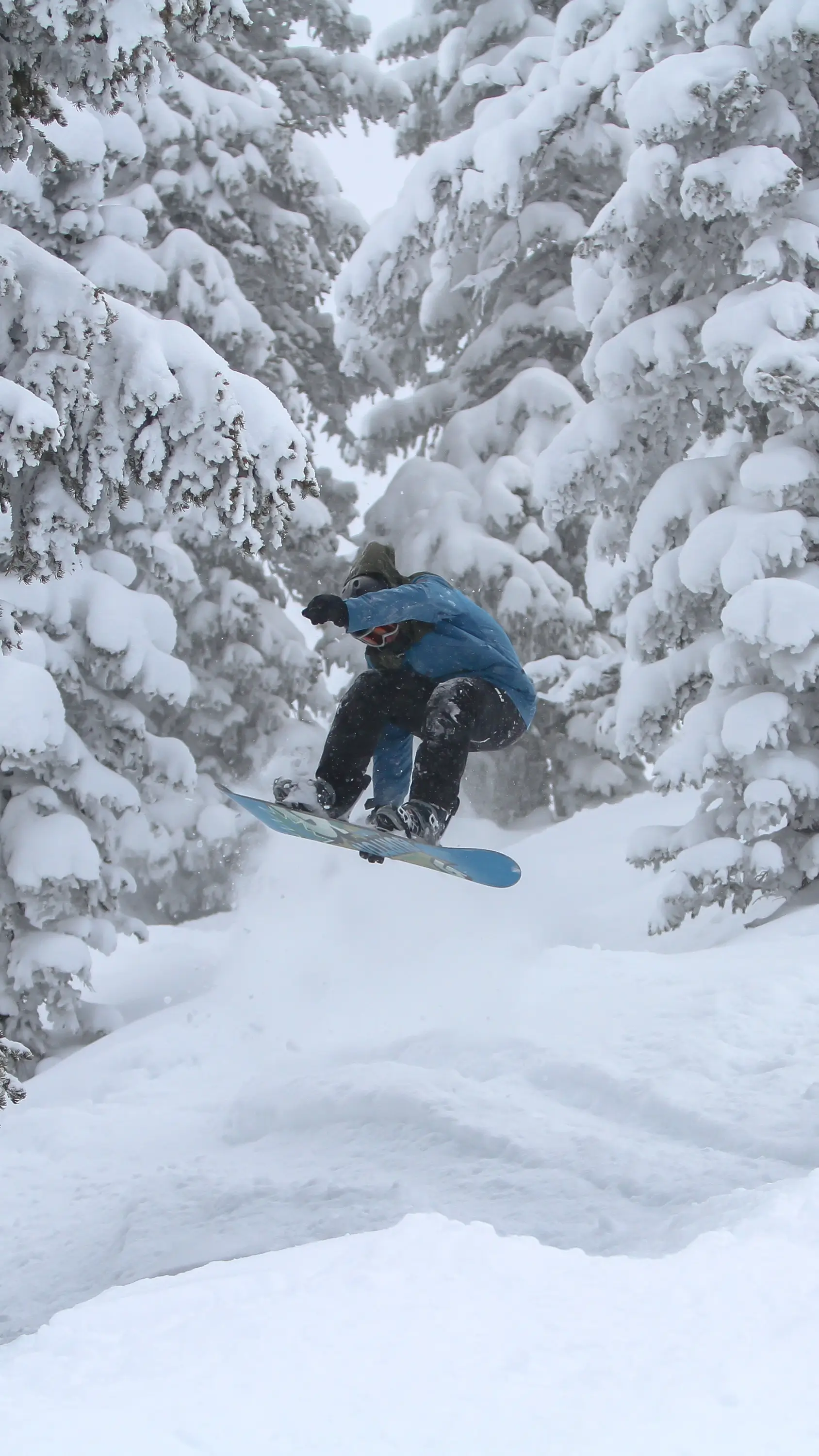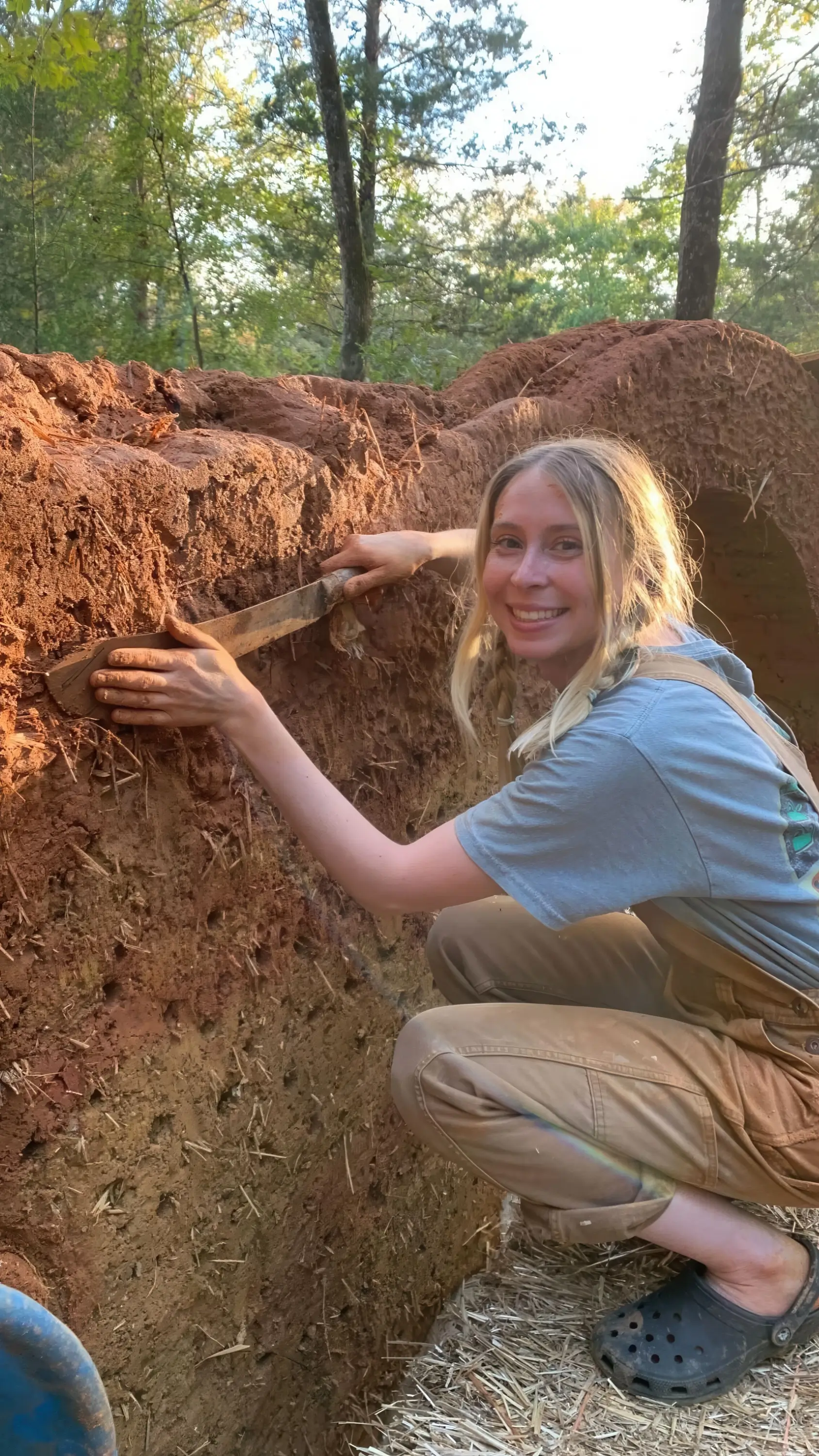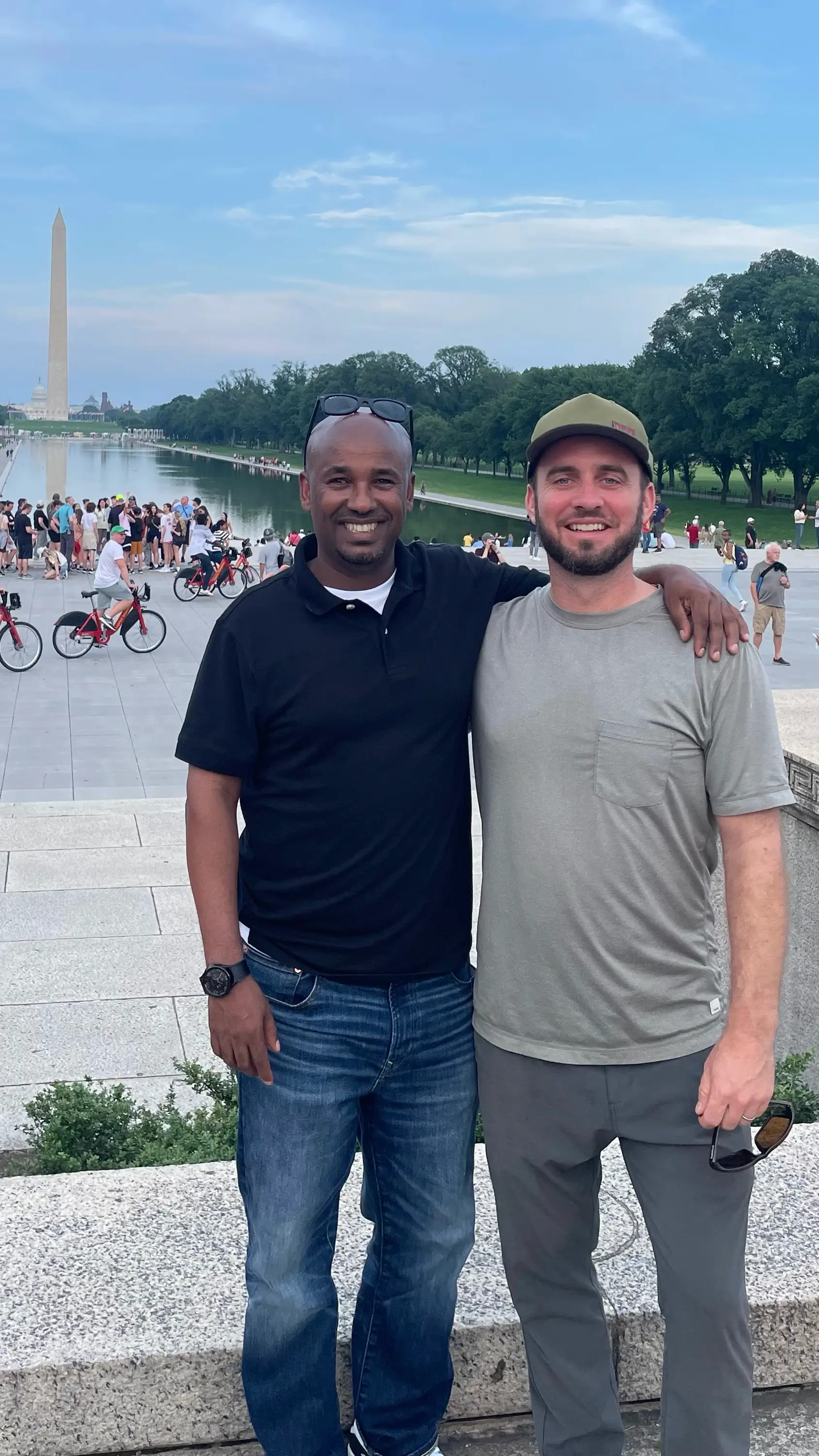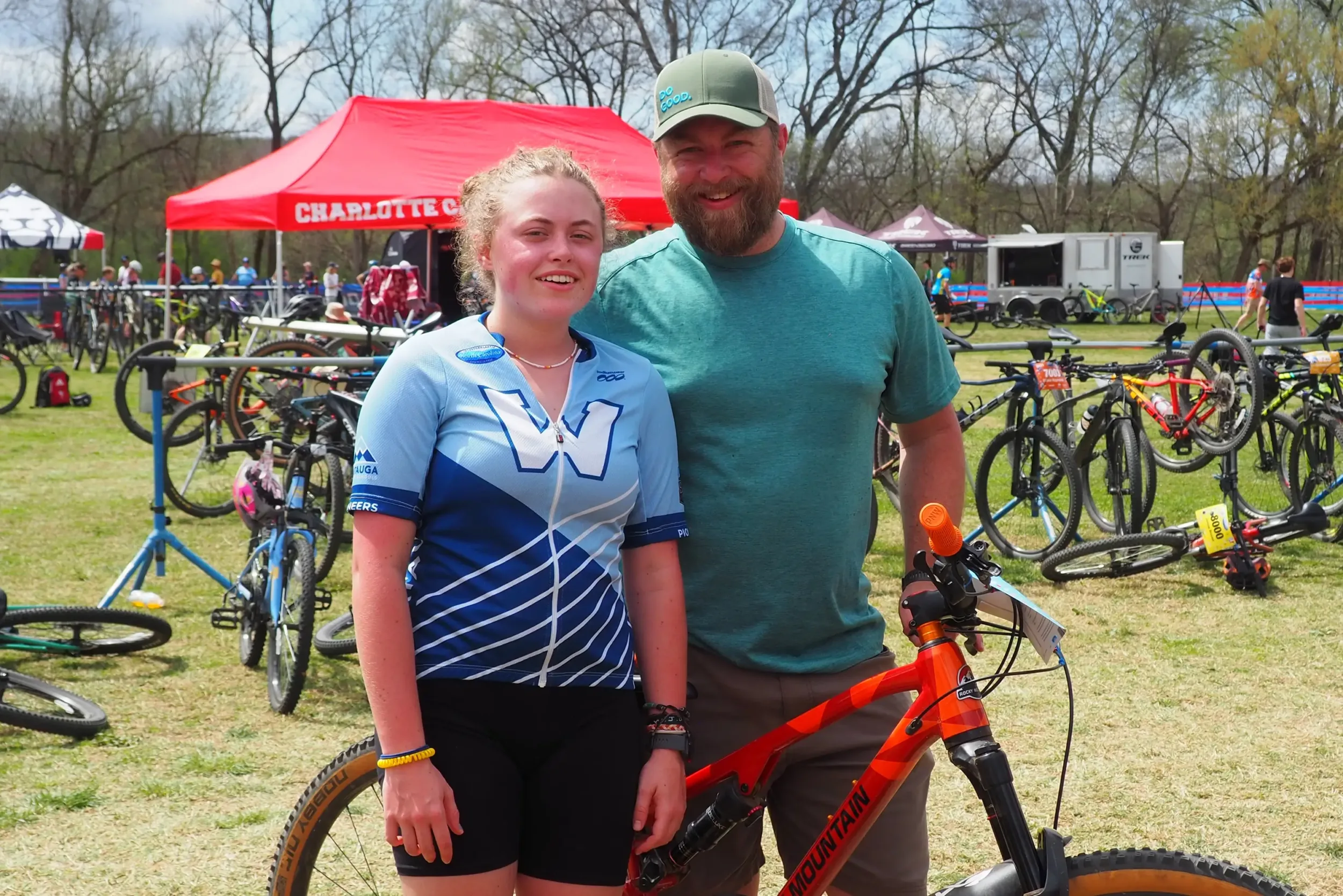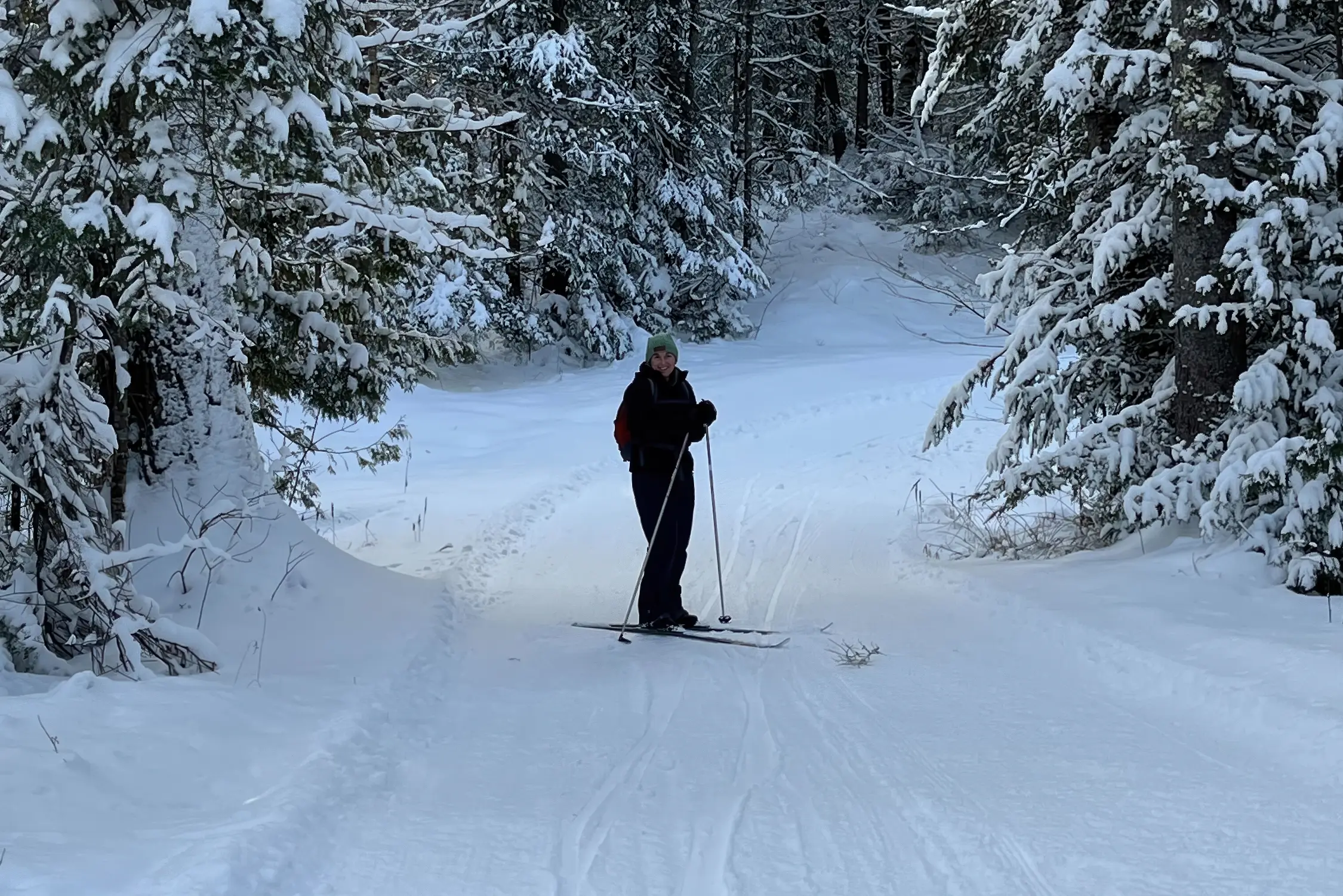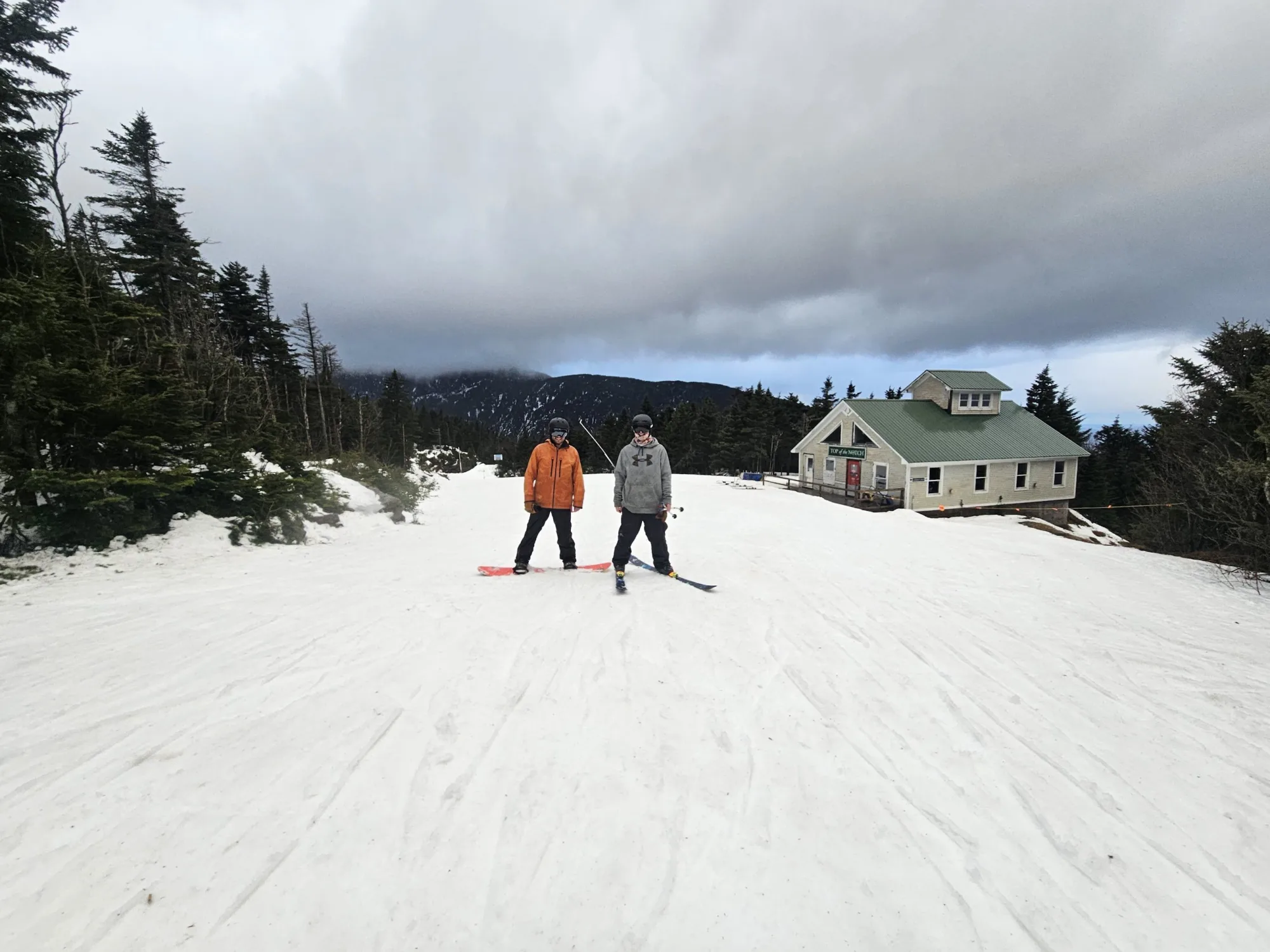On a good
day we
plan it.
On a good
day we
build it.
On a good
day we
promote it.
On a great
day we
live it.
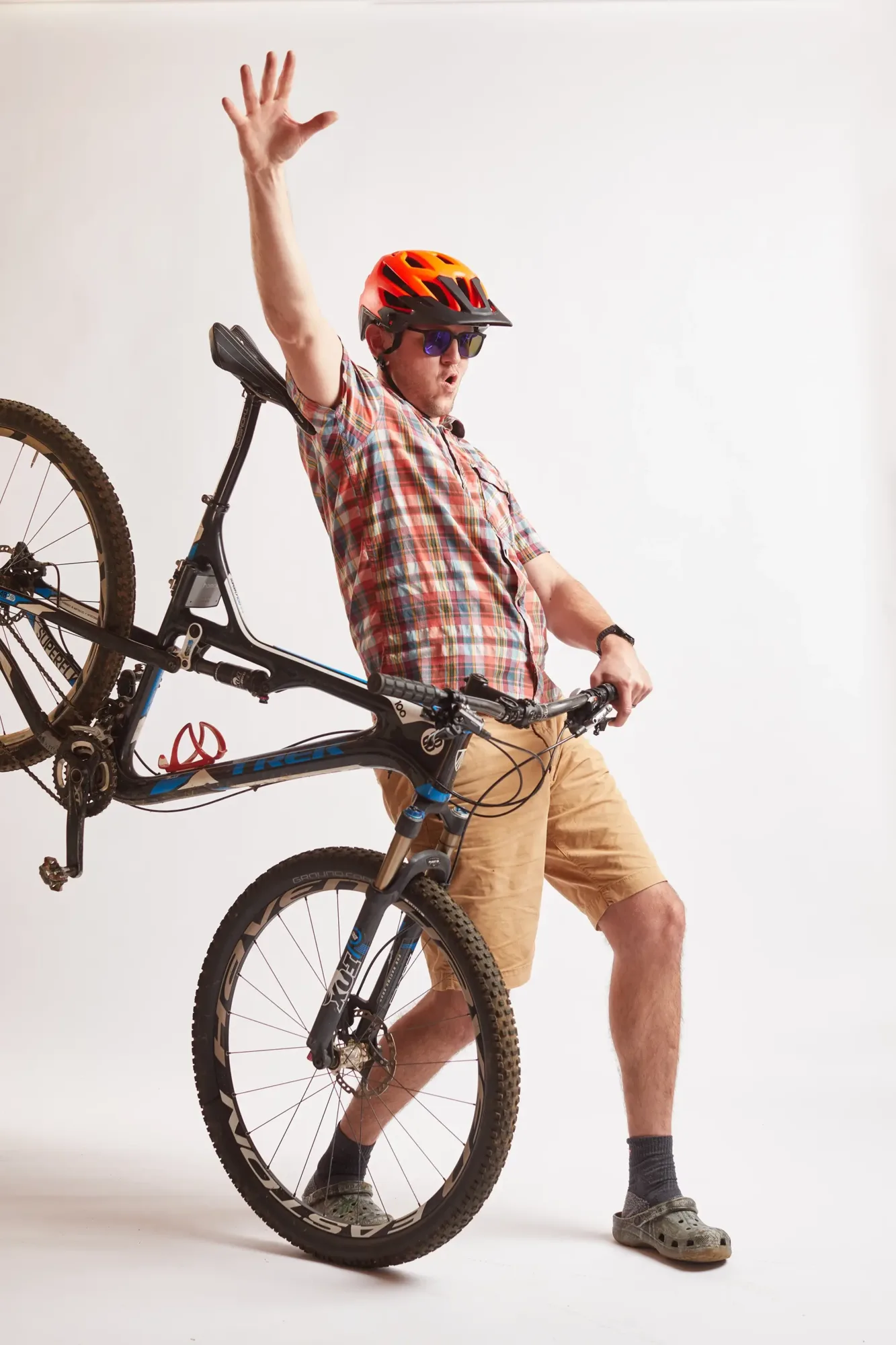
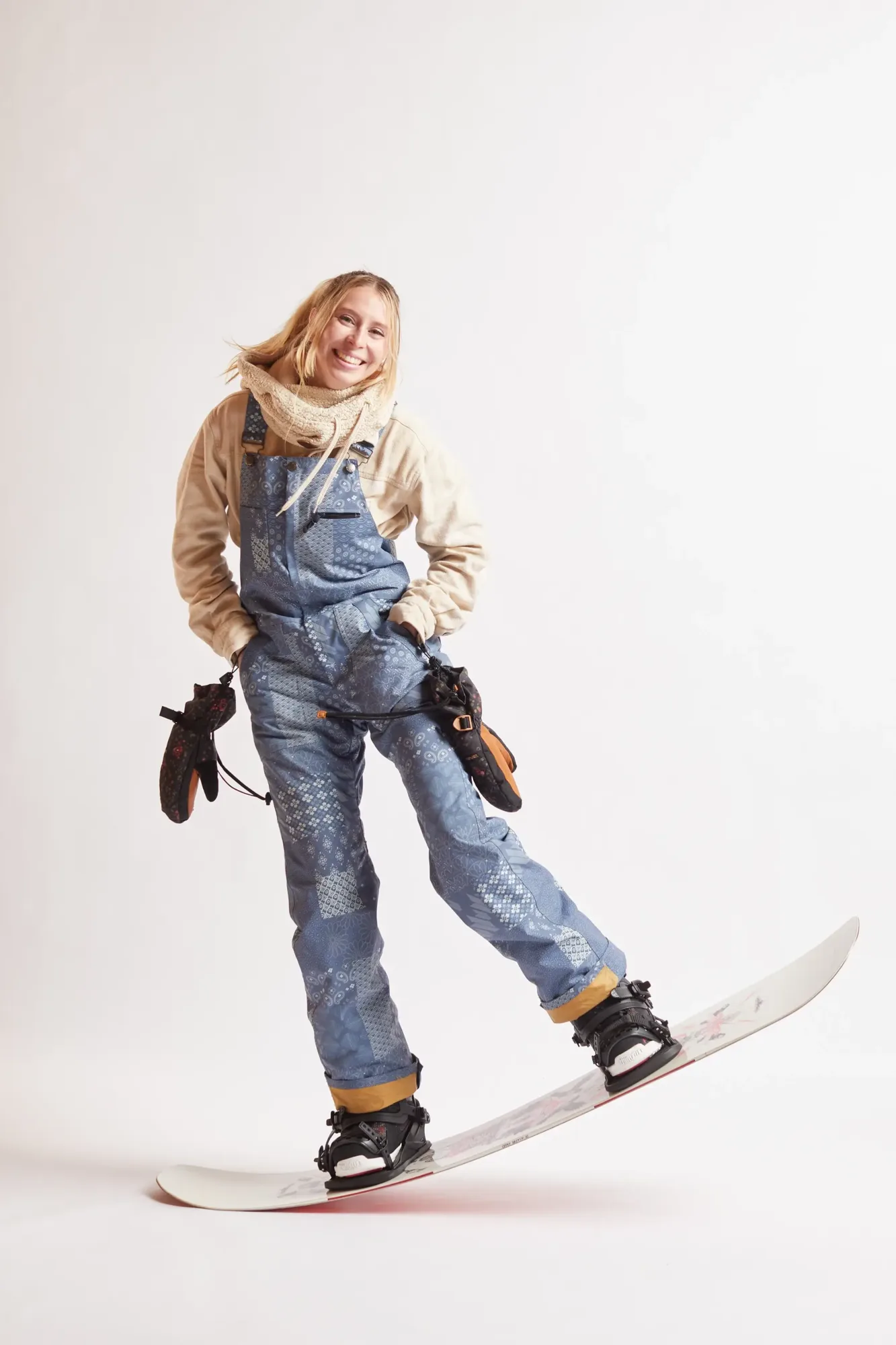
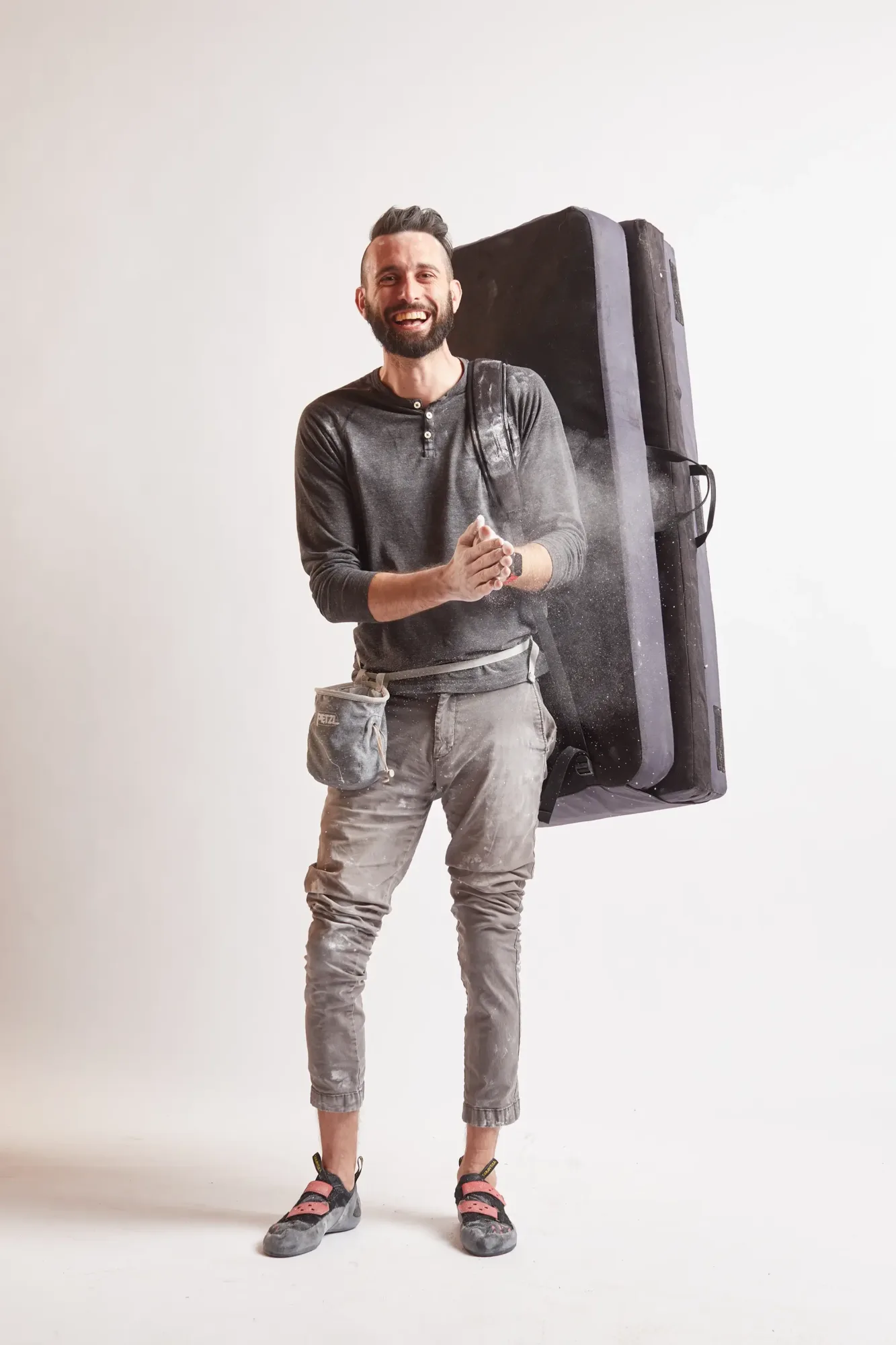
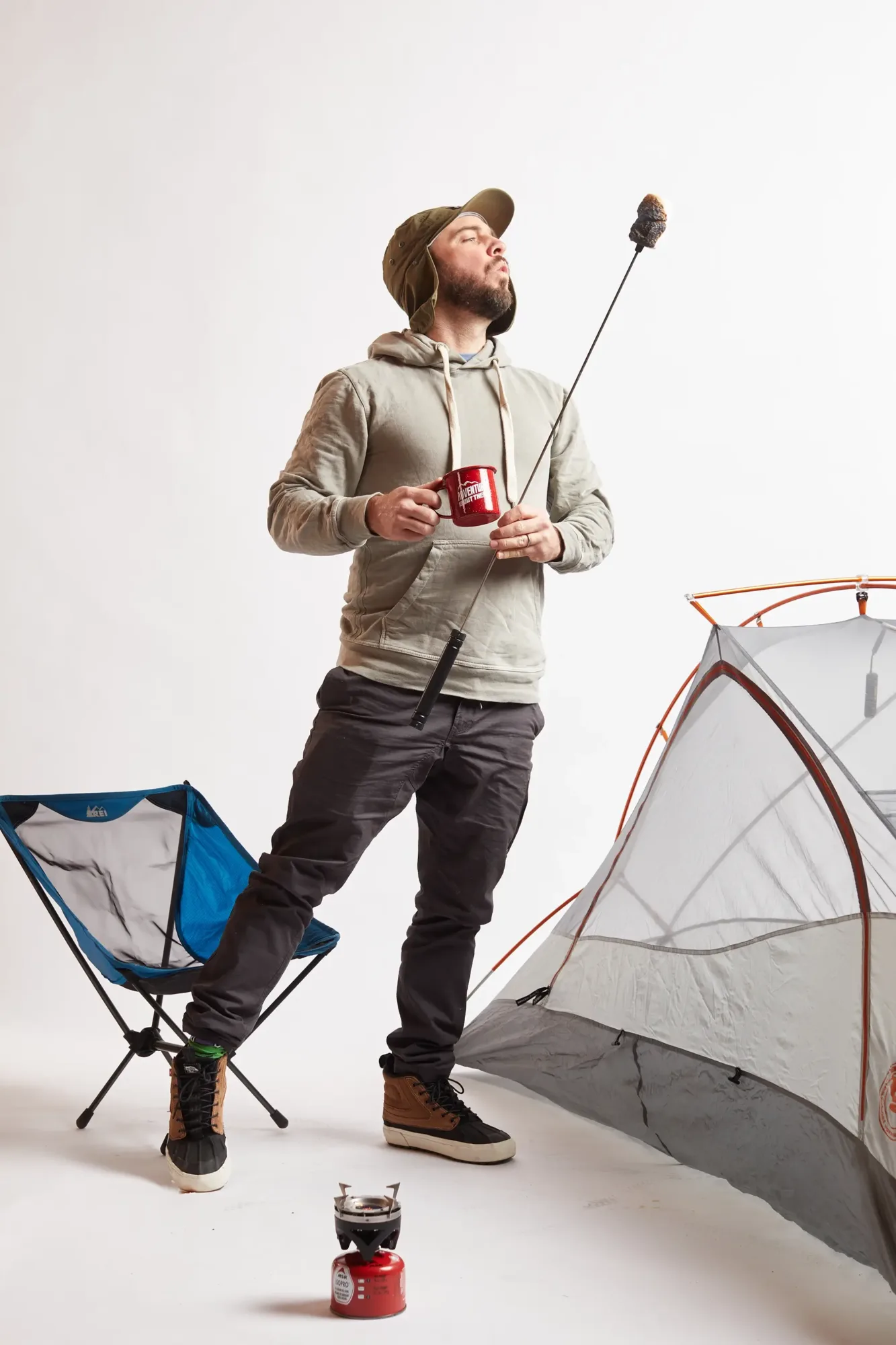
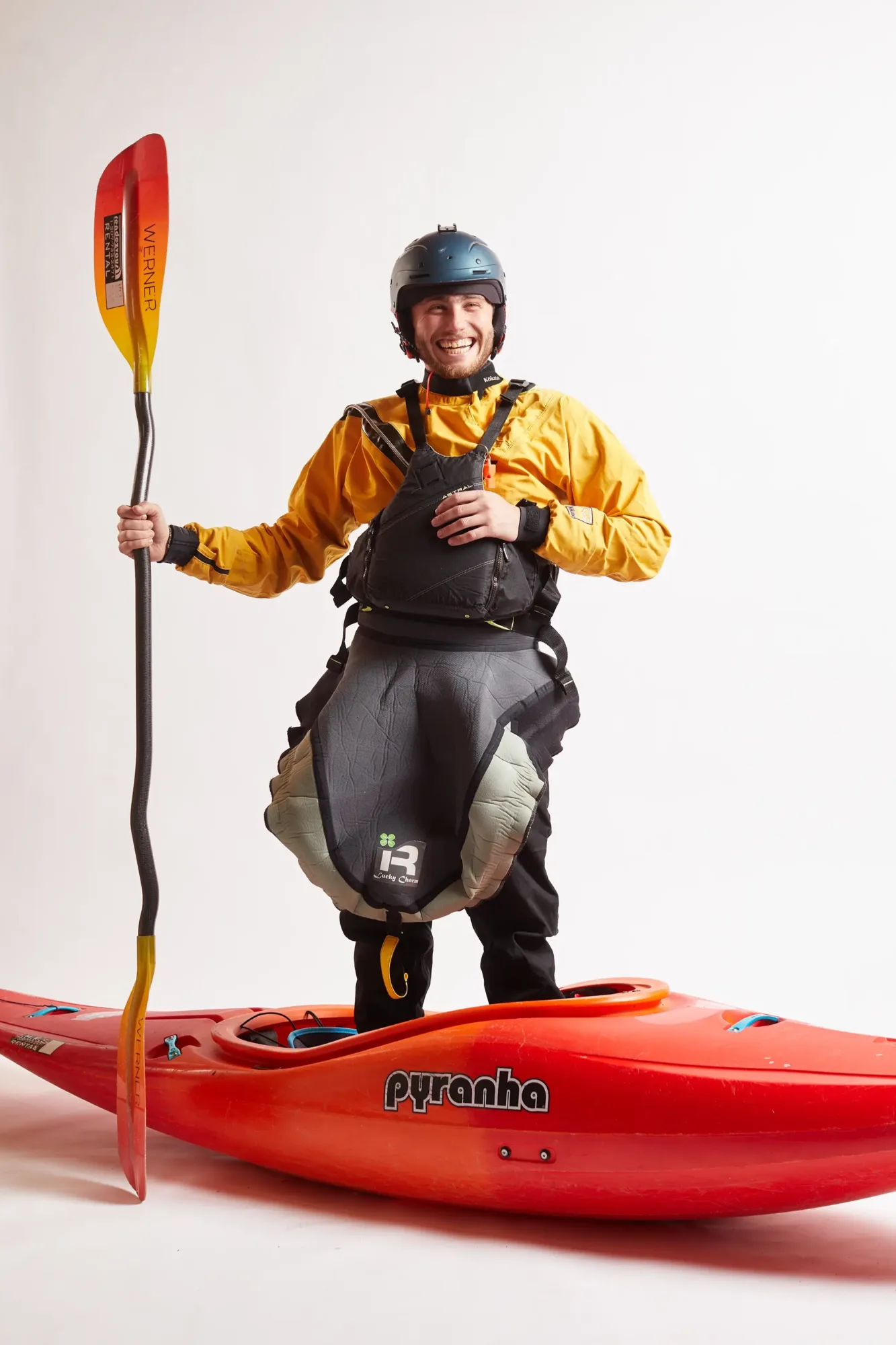
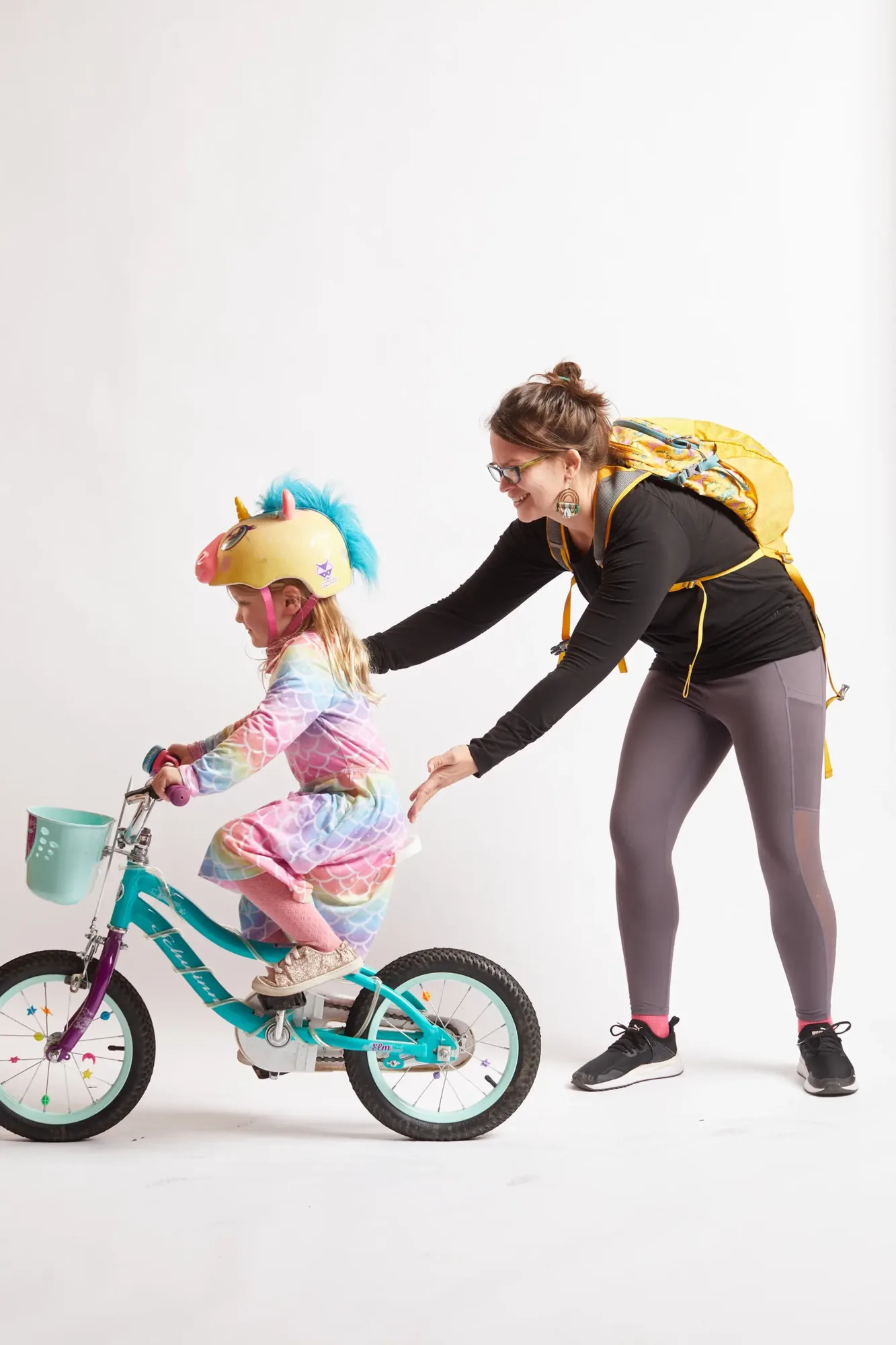


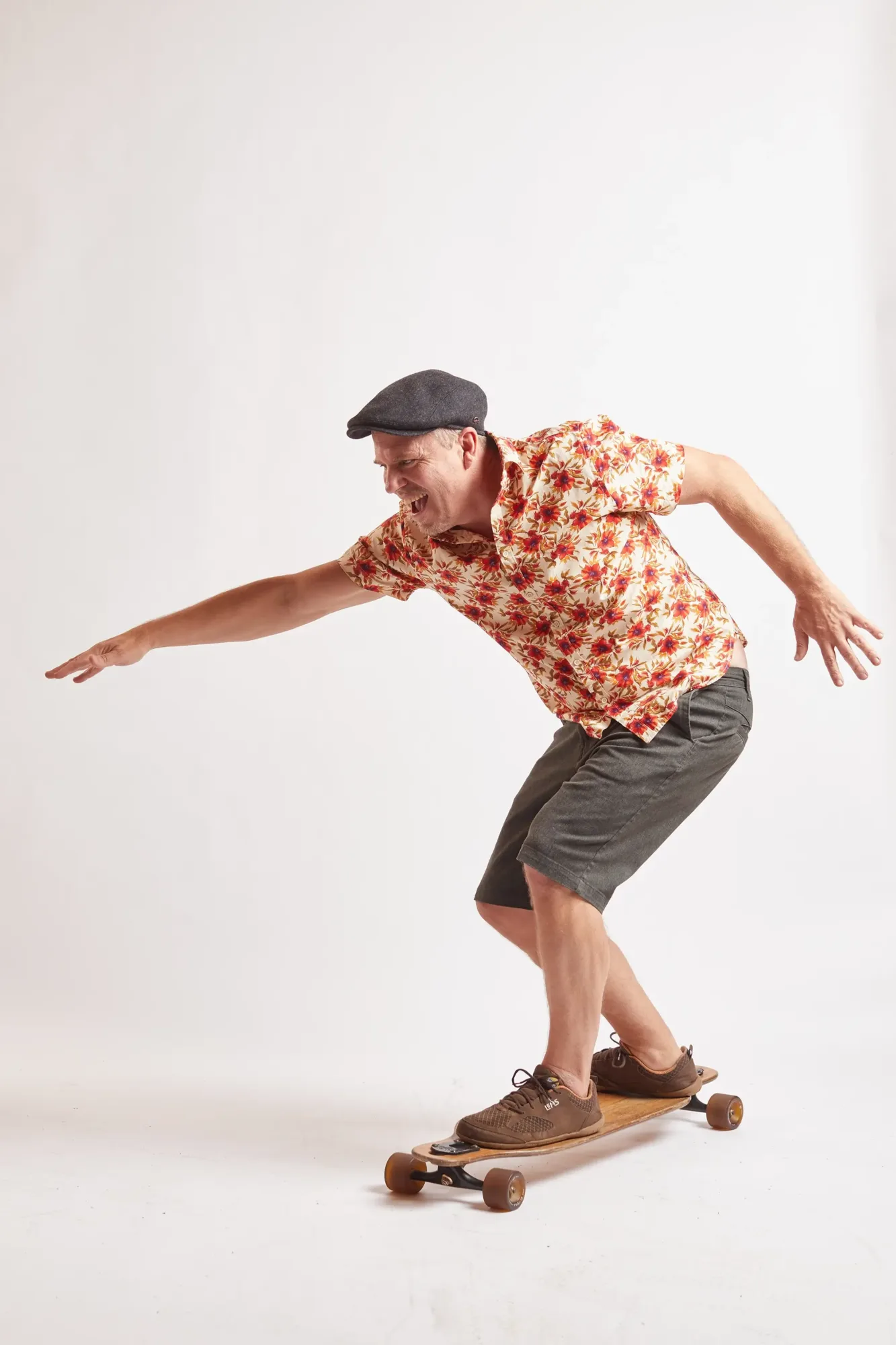
Our “Live It” Culture
We don’t simply make places; we immerse ourselves in them. This isn’t just our work – it’s our way of life. We believe every project is an opportunity to design another scenic trail to ride, cool town to visit, or fun park to explore with the people we love.
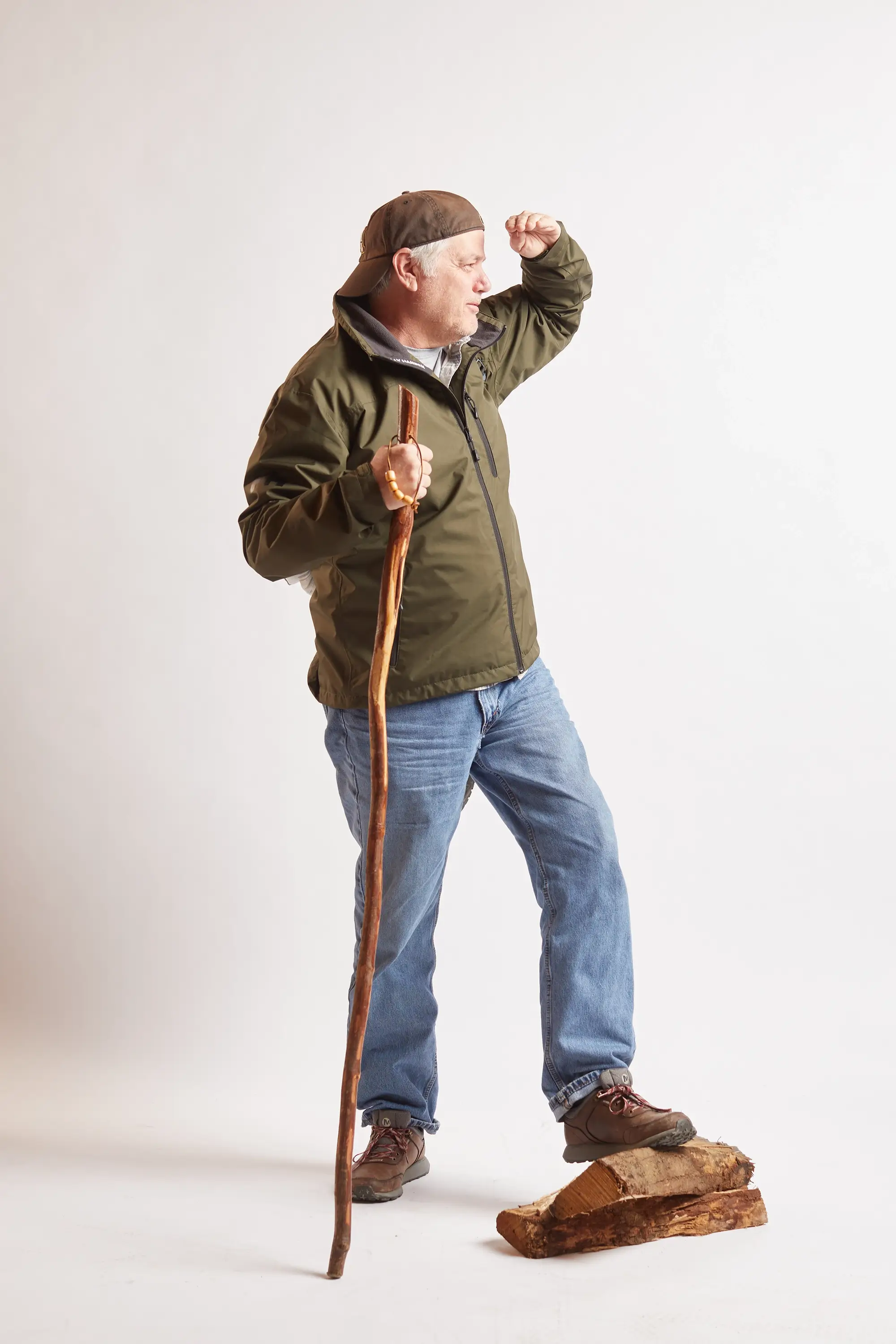
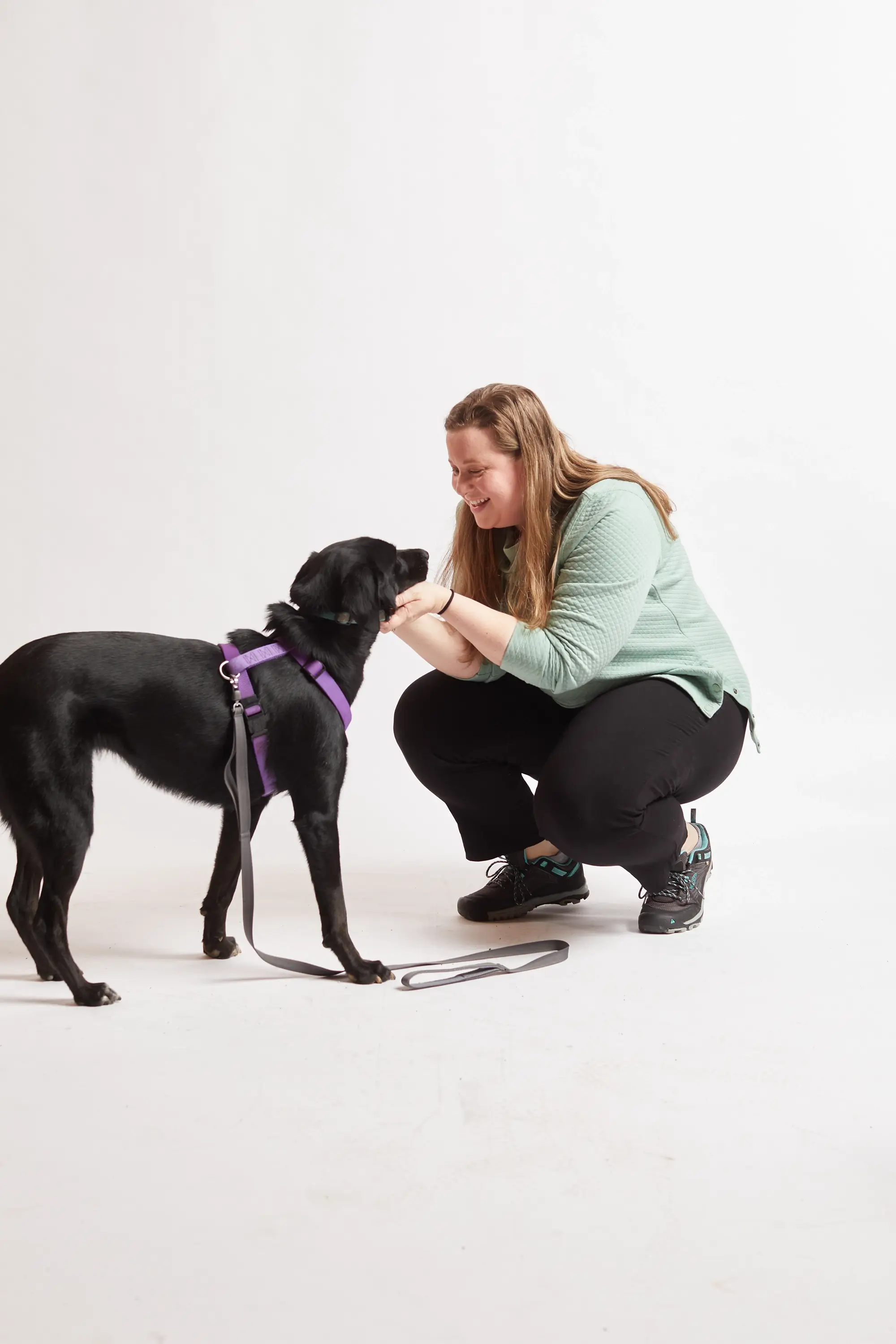
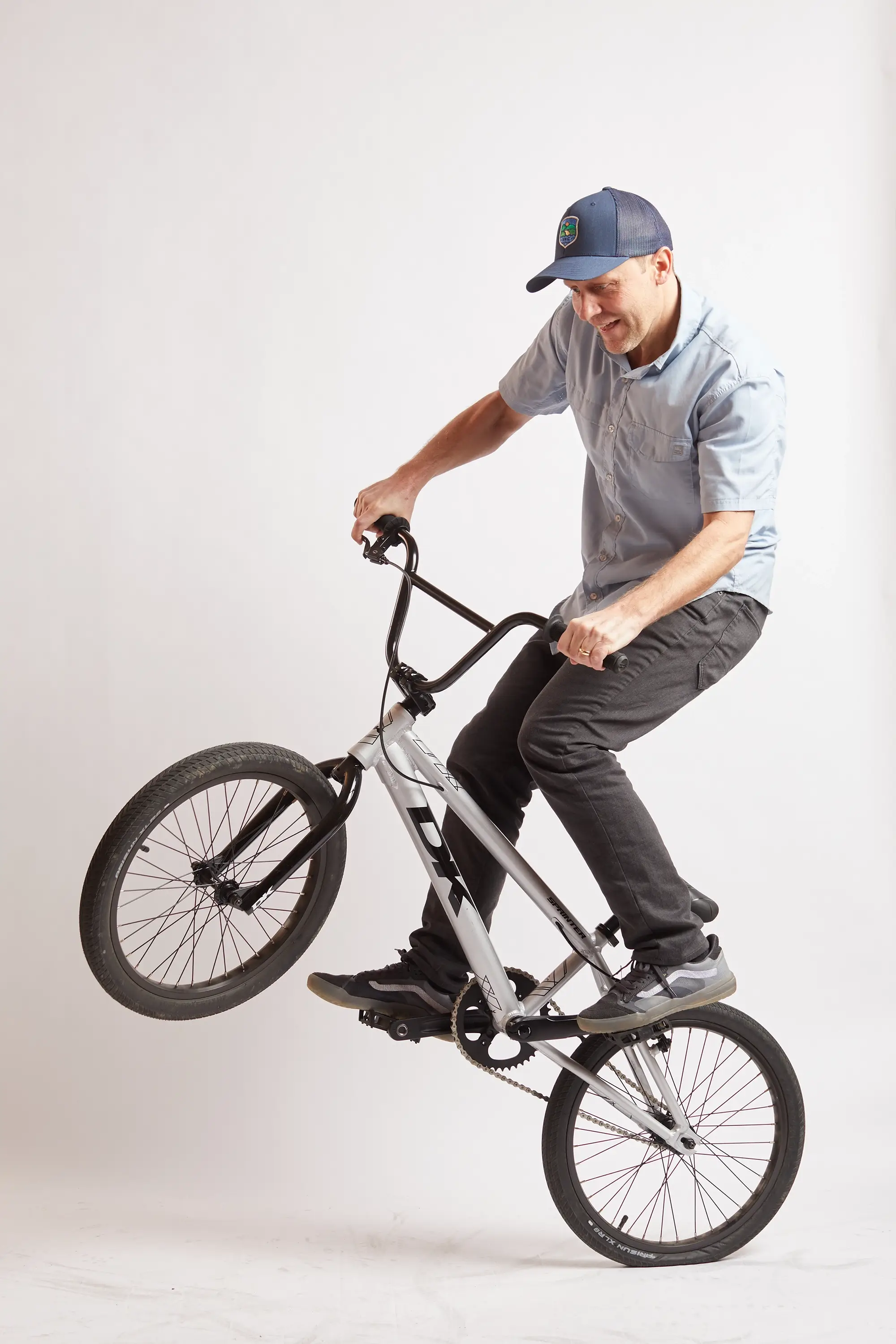
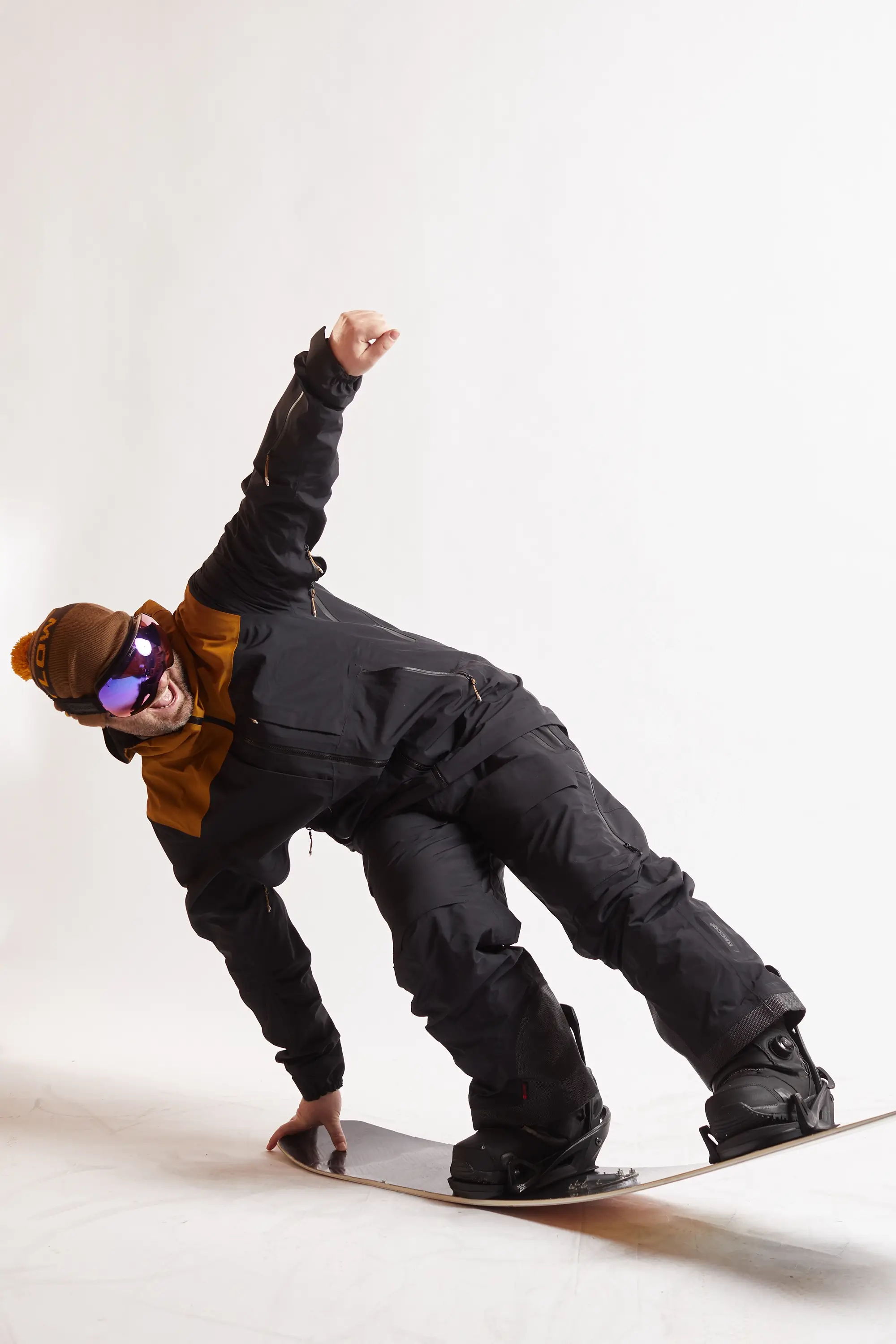
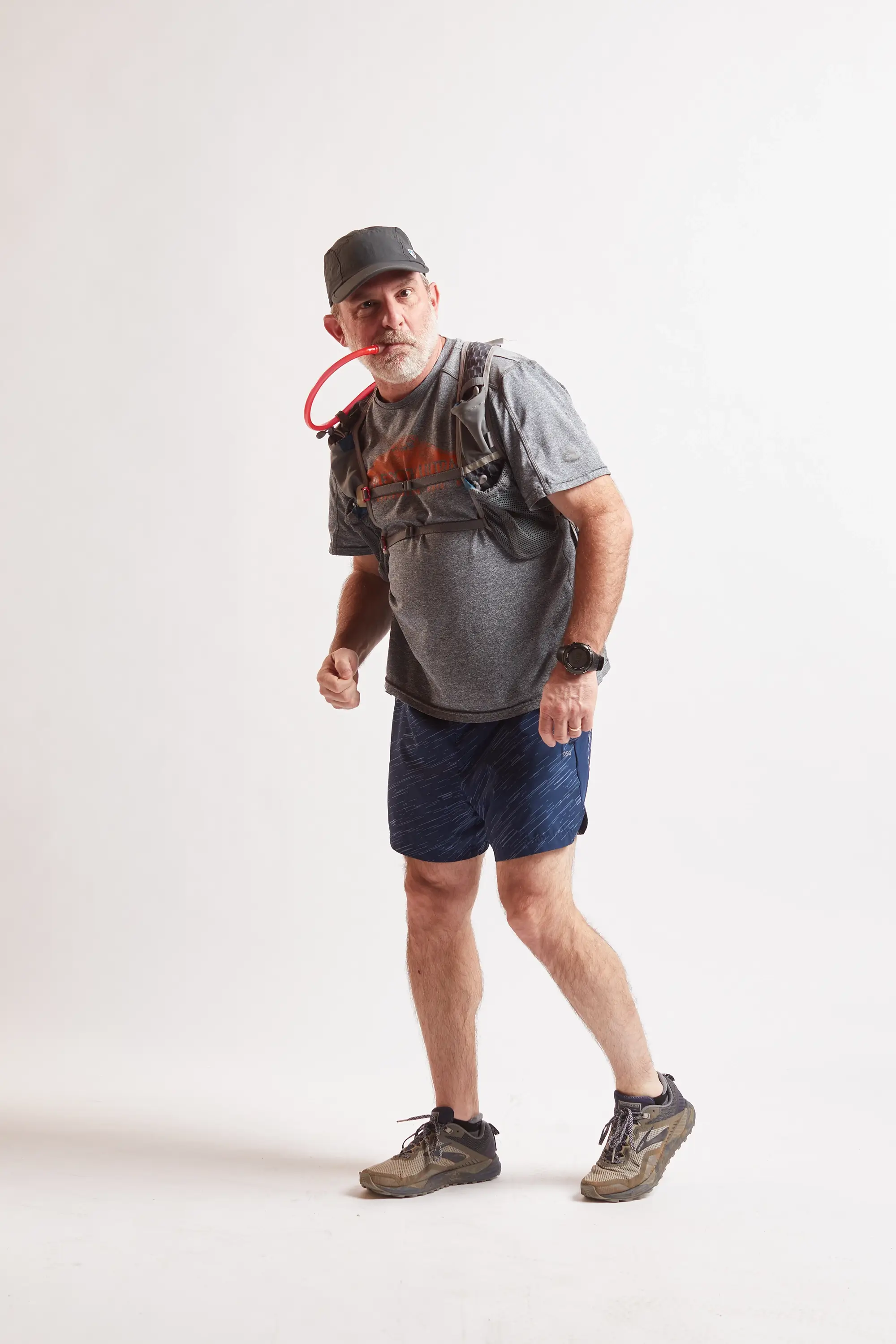
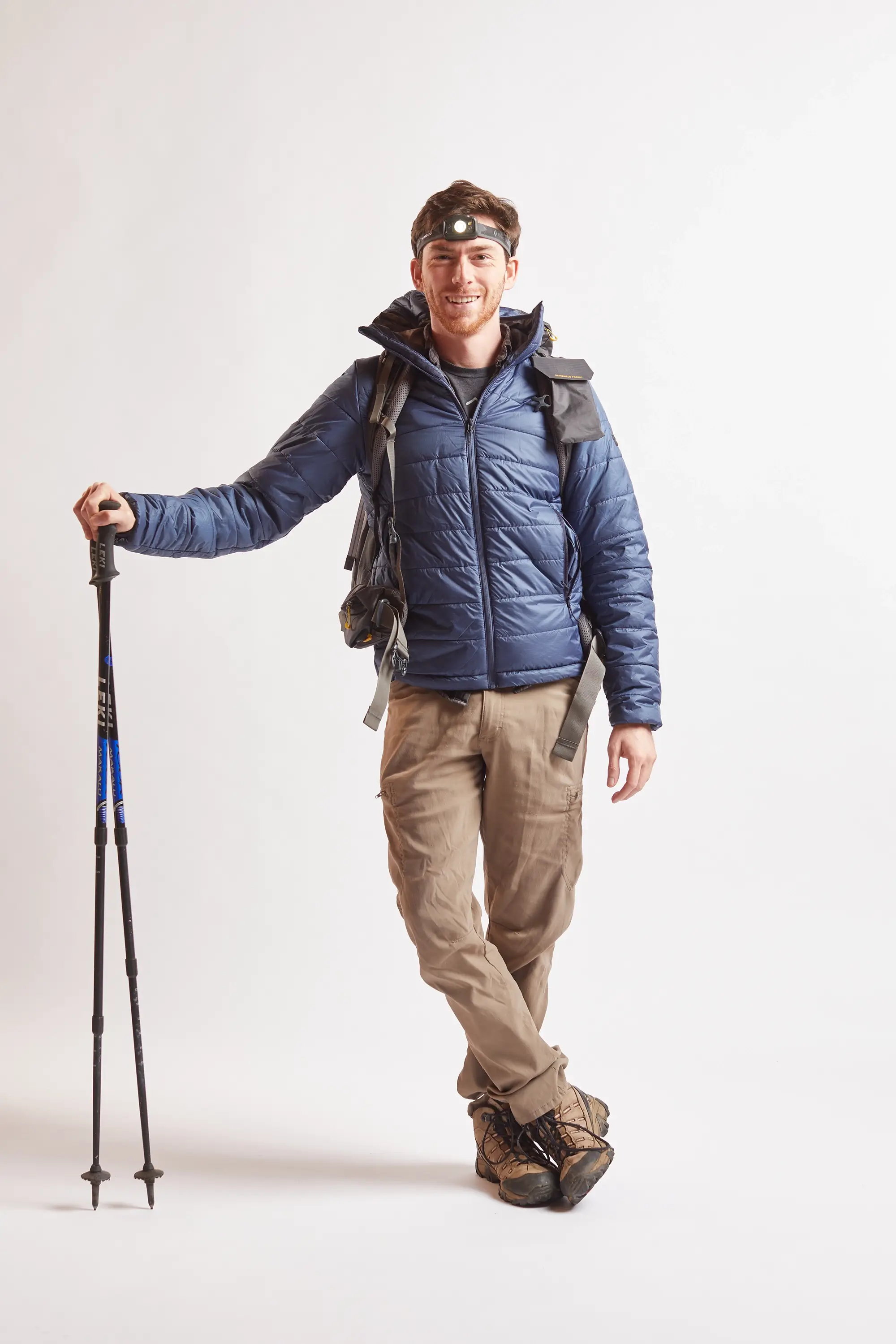
Live It Days
Every quarter, our team takes “Live It Days” to experience the places and activities that inspire our work. Whether exploring a new trail or a vibrant downtown, these moments fuel our passion for creativity, and we always return energized and more committed to our mission of placemaking.
Here’s our stories…
Live It
Stories
The third event of this year’s North Carolina Interscholastic Cycling League was held at Anglers Park in Danville, VA. My oldest daughter, Aubrey, rides for the Watauga Pioneers mountain bike team. These events draw teams from all over the state for a weekend of riding, racing, adventure games, and camping. We setup camp at one of the trailheads giving us some peace and quiet when we wanted it, but a quick ride down the trail to the Pit Zone where all the team tents and events are. Saturday, we took some time to warm up before hitting the trails for a preview of the race course. All of the volunteers put together a great course with lots of punchy climbs, some fast downhill sections, an alternative rock garden line, and a nice flowy run down to the finish line. After the ride, we hit the food trucks for some BBQ and hung out at the team tent for a while. Sunday was race day. With 500+ students racing, there’s always something going on so we watched a few waves start and finish before Aubrey’s race. She did well in her race placing 5th, despite the sunny 85 degree weather that had everyone exhausted by the end. After the race, we packed up camp and headed back in search of some cooler weather.

These are always fun events and certainly impactful from a design standpoint to see parks packed with people for large events. With this many users covering a park, problems with circulation, facilities, etc. become readily apparent. Also some great insight into thinking about outside-the-box uses of space – baseball fields become great camping spots and a clearing in the woods serves as a good space to setup spectators and photographers for a view of the trail.
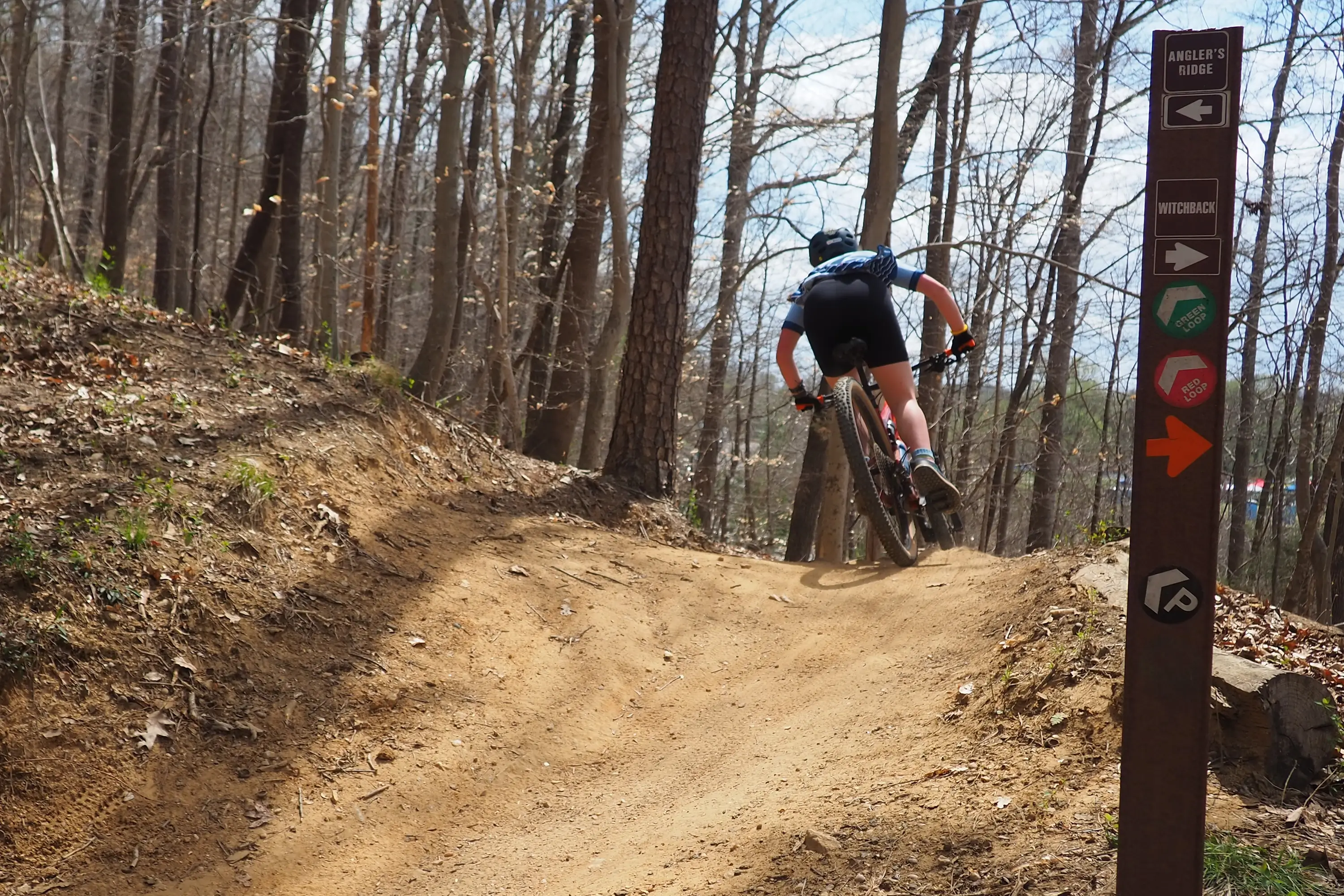
Some friends of mine recently adopted disc golf as an interest, and extended an invite for me to join them. So, I ordered up some starter discs and joined my friend Alan at the Ashe County Disc Golf Course for a practice round. We are both new players, and we kinda suck, but we had a great time nonetheless.

I was impressed with the course at Ashe County Park. They have a full 18-hole course with both professional and amateur tees. The amateur tees (which I assume are used the most) have basic signage with a map of the hole and approximate distances for both the professional and amateur distances. The signage also included tips for different stances and other information about the sport. The course was well maintained, but could use an update to directional signage and the maps at each of the holes.
Anytime I find myself at a park like this I immediately start thinking about what we do and how much impact we can have on improving community assets like the Ashe County Park. I also tend to think about how much it costs in gas and time to access a recreational asset. It takes me about 40 minutes to get to Ashe County Park. While this isn’t a long distance it still may be a deterrent for some who may not have access to reliable transportation. I would love to see a full 18-hole, public disc golf course pop-up much closer to Boone.
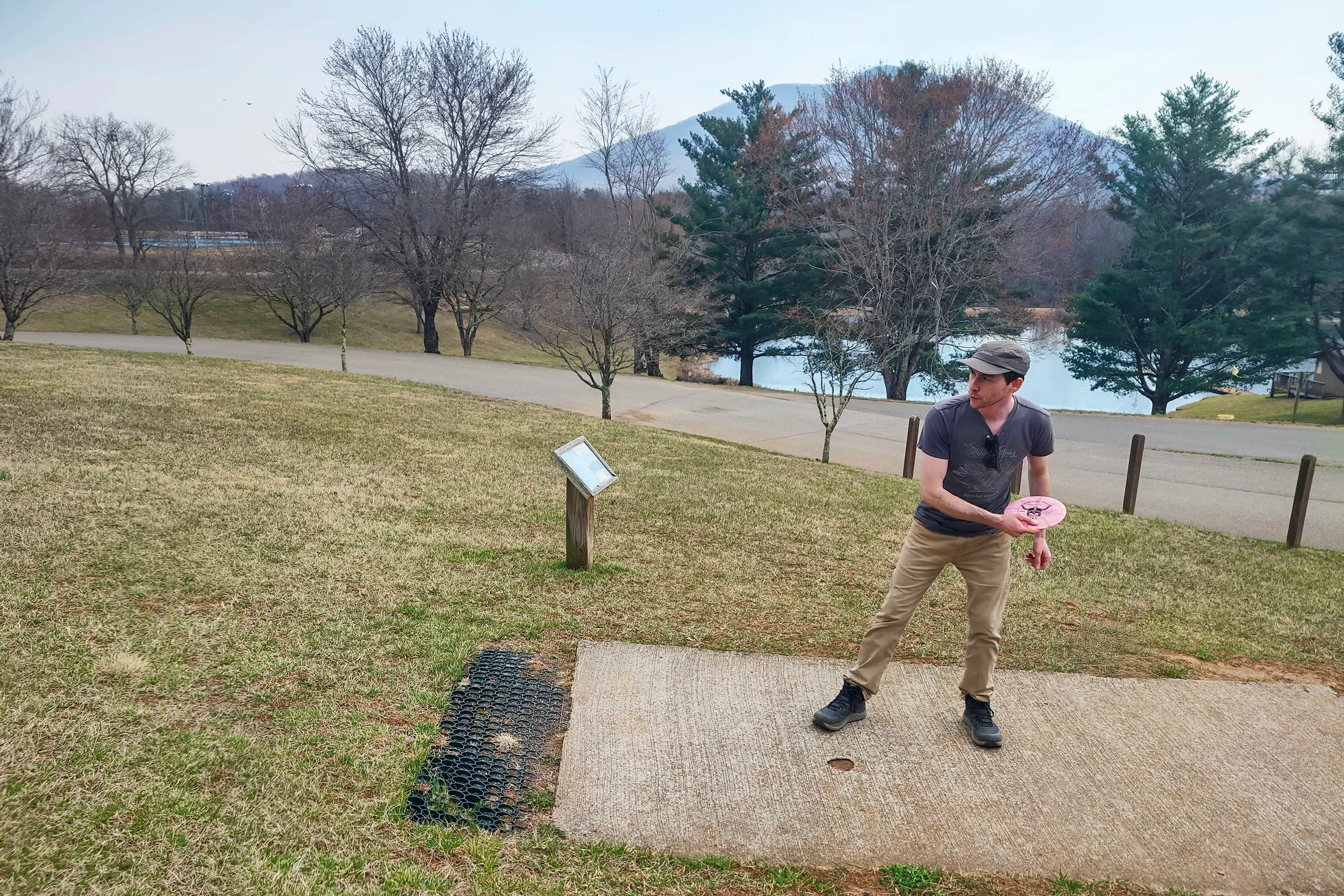
When you think “cactus,” the shape that comes to mind is the Saguaro – the tall, stately column of thorns with an array of arms offering a friendly greeting. In early spring, I traveled to Tucson, Arizona with my family to see the Sonoran desert in bloom. The area had experienced a dry, warm winter…which unfortunately was not conducive to a vibrant spring wildflower display. Instead, even the desert exhibited signs of drought. Prickly pears had wrinkles, the agaves were weeping, and we had to adjust our expectations for the trip.

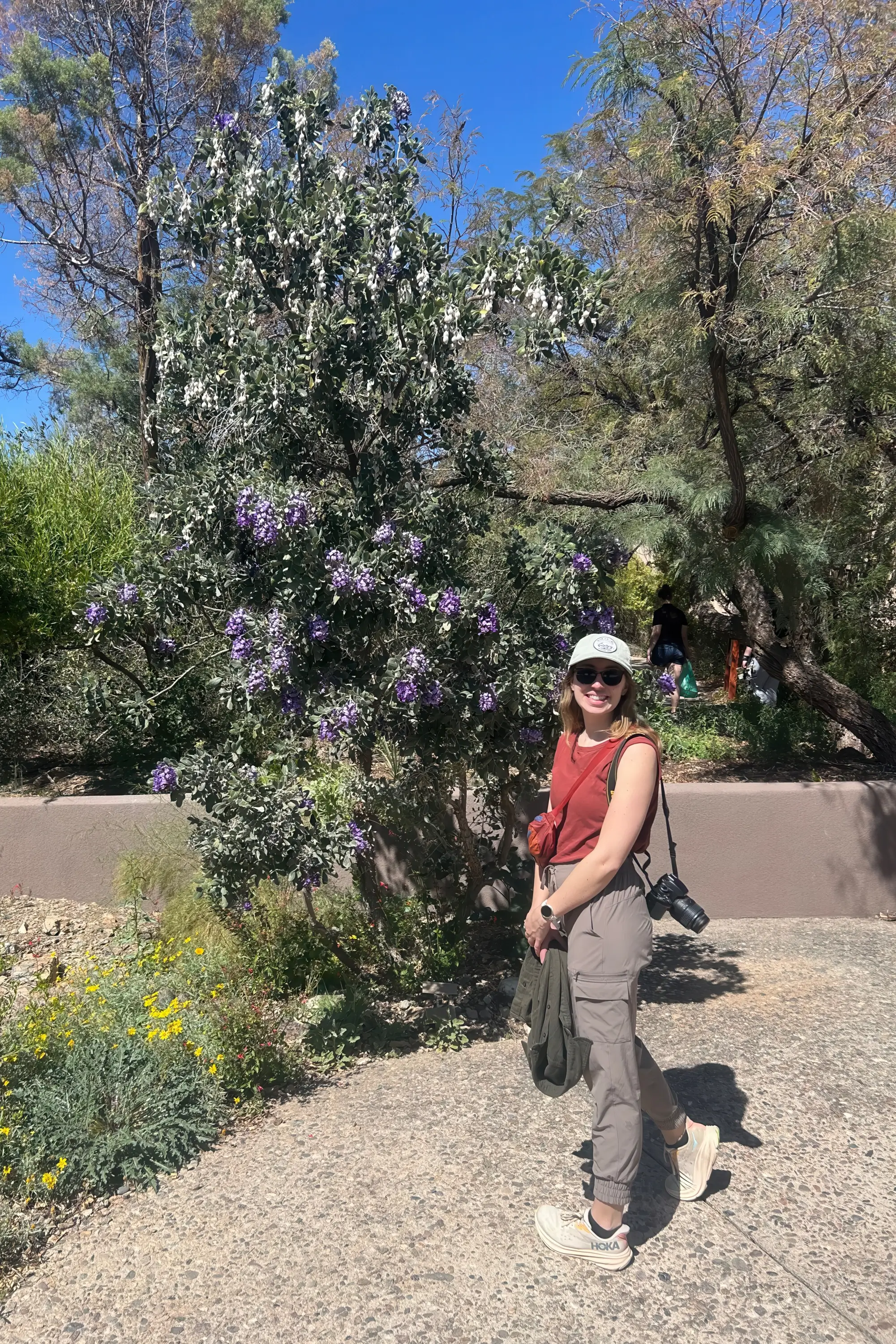
Two days into our explorations in the desert, we were hit by a torrential rain storm. For several hours, and through the night, the rain pounded the roof of our rental and our car, as we dashed from museum to museum in search of indoor entertainment. The rain cleared the next day, leaving us a dust-free landscape with renewed vigor – the prickly pears once again were plump with hydration. Almost immediately, signs of spring began to sprout up around us. The desert was beginning to come to life in shades of green, purple, yellow, and orange.
Saguaro National Park has two locations: Saguaro East and West, with the city of Tucson sandwiched between. East offers more distance from the city and better connection to some of the other regional wilderness areas, like Coronado National Forest. West offers the Arizona-Sonora Museum, and long mountain views. I especially enjoyed walks through the western park, where the profiles of the famous cacti could be admired against the backdrop of the mountains. Both parks offered a one-way scenic driving route, with ample opportunity for view-admiring and picnicking along the way. In the unforgiving desert heat, a (sheltered) meal with a view can be the best way to experience the park. What an incredible landscape!

My heart is usually in the mountains but this outdoor adventure was underwater in the Caribbean island of Bonaire. I learned to scuba dive during college at the University of Miami but I hadn’t been diving for many years. I joined a group of friends from Boone on a week-long diving trip to beautiful Bonaire. I did 12 dives during the week but the most memorable was a day with an instructor for a sea horse education course. During the two dives, we saw eight sea horses (which we never would have spotted on our own!), a huge eagle ray, a hawksbill turtle, and multiple green turtles. Our guide had an underwater GoPro and snapped some fantastic photos with me and the very curious hawksbill turtle.

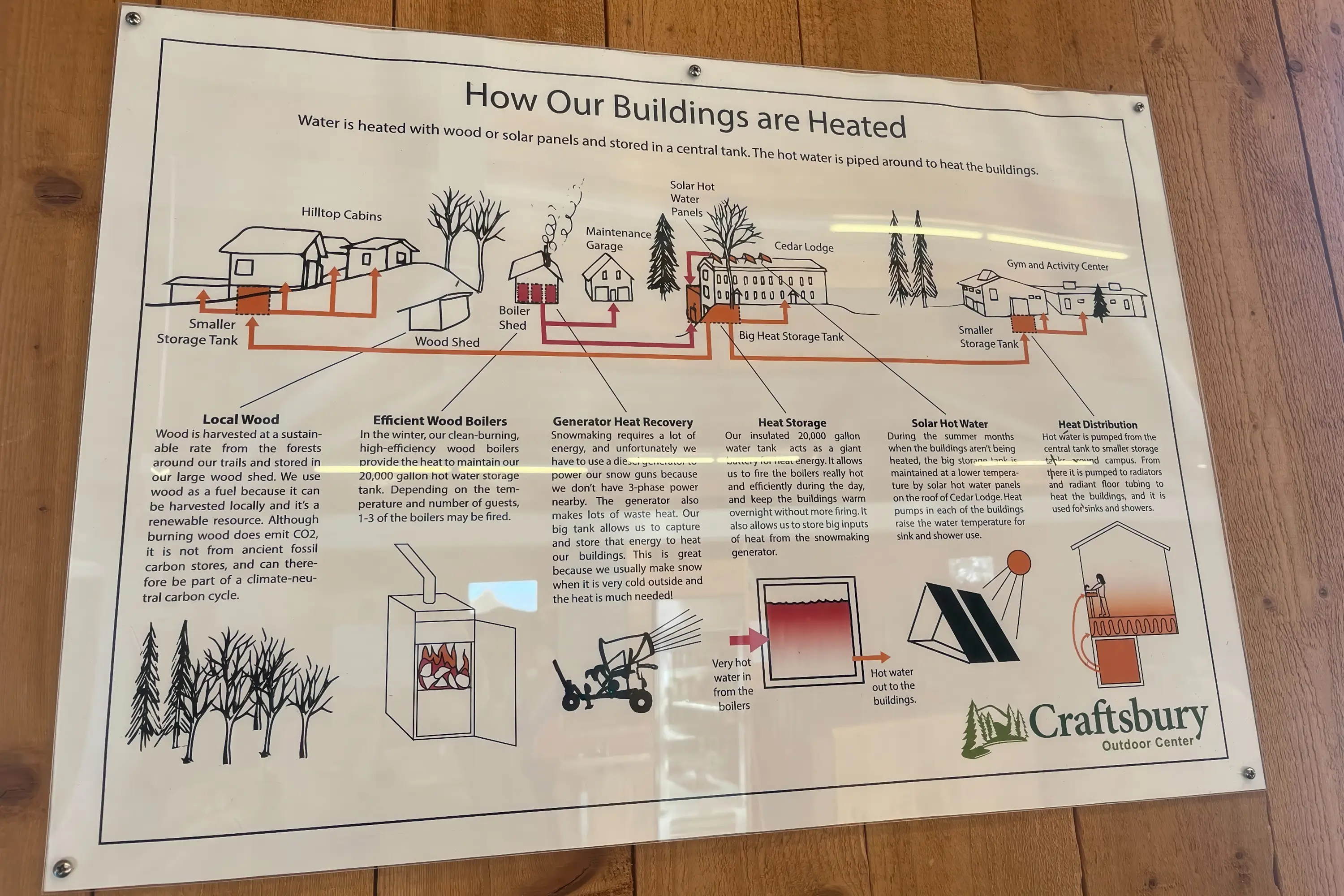
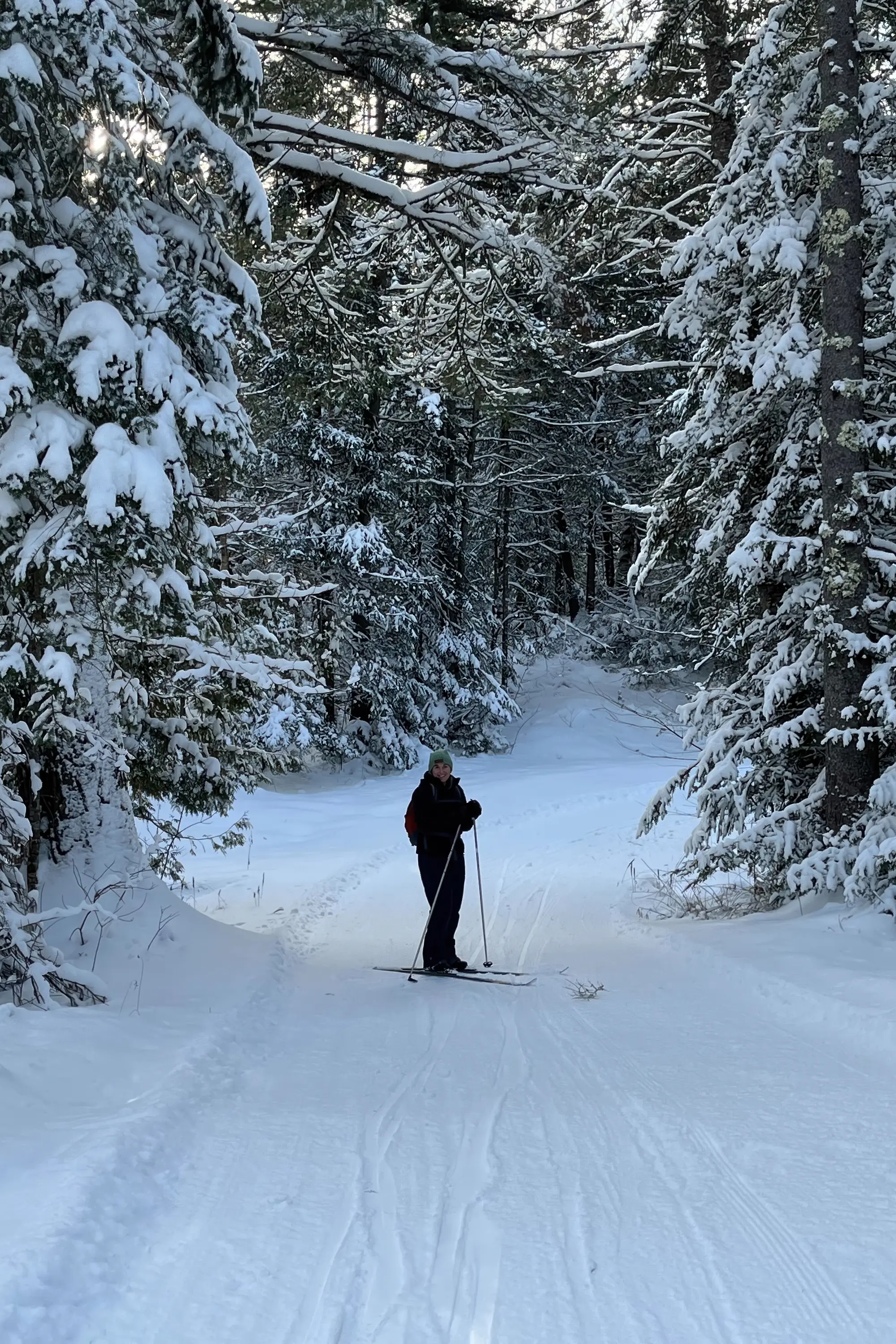
Haaken and I decided to take a super spontaneous trip to Vermont on New Year’s Day to take advantage of the holiday. We both worked remote on Thursday from Vermont, and on Friday and Saturday we cross-county skied! When we arrived on Wednesday night, there was not a drop of snow on the ground, but on Thursday while we worked it snowed 8-10 inches! So the conditions were perfect for Friday.
It was the first time either of us had cross-county skied and we absolutely loved it. We spent both days at Craftsbury Outdoor Center, and what an example of sustainable outdoor tourism! For a day pass and equipment rental, it was a total of $25. They served locally sourced food and beverage at the cafe. All bathrooms had clivus compostable toilets installed. Buildings were heated with local wood or solar panels. Their tag-line is “Sports, Sustainability, Stewardship.” Not to mention the miles of trails that were wonderful for skiing! We already want to go back next year.

Back in 2014, during my first semester at the University of Vermont, I had a choice to make.
For the first time in my life, I had the opportunity to get a season pass to a real mountain resort. But which one?
The mountains were part of what drew me to go to school in Vermont. Growing up in Maryland, I had limited experience with ‘real’ mountains and I was eager to explore this new realm of rhime ice and glades.
One mountain stood out to me, Smugglers Notch in Jeffersonville, VT. Something about its “off-the-beaten-path” nature drew me in. It didn’t have the corporate feel that Killington, Sugarbush, or Stowe had; with its double-chairs and small lodge, it had a certain pull, a hint of nostalgia of an era of ski resorts before Vail gobbled up the industry.
I ended up getting a pass at Smuggs, as it is so lovingly referred to, for every year until I graduated. I can’t remember the last day I rode there. Nothing special I imagine, but then poof. Spring carried on, the rivers flowed, and before I knew it I was graduating and moving on.
So, this winter when I received a phone call from an old buddy asking if I wanted to spend a day at Smuggs, I leapt at the opportunity to visit my old stomping ground.
Christmas in Vermont was magical with a bucolic landscape covered in white, but unfortunately the date my buddy and I agreed on, December 30th, was the end of that winter wonderland. Two days of temps in the high 30s and rain had left the landscape with a surprise mud season. The roads were rutted, the sap was flowing, and the rivers were high with brown water and ice flows.
Should we have just pivoted and gone paddling? Probably. But did we? No.
We scanned the radar, checked webcams, and ultimately decided that if we just did a half day we could miss the worst of the rain. So with coffee in hand, I met my buddy at a park and ride near his home, we grabbed sandwiches and a six-pack from a classic Vermont country store, and we were off to the mountain.

The rain was steady for our entire drive as we crossed river after river looking primed and ready for a couple of kayaks. But, we stayed the course, eventually pulling into the mud pit of a parking lot. As we parked, we cracked a beer and devoured our sandwiches as we waited for the rain to stop.
Finally, we saw a hint of blue sky and we jumped at the opportunity, before we knew it we were ripping down one of three open trails, slashing slush, and squeezing every bit of fun we could out of the side hits.
In the end we rode for about 4 hours, in ‘spring’ conditions, with some intermittent drizzles. But, the mountain was everything I remembered. The slow double chair allowed for my buddy and I to have ample time to catch up. The views were as scenic as ever and the terrain, though unopened, towered above us. My buddy and I relived our glory days and dreamt of the next time we could be back here with proper powder under our feet.
Two days later temperatures dropped and the landscape was once again plunged into a winter wonderland. We may have had the ‘worst’ day of riding for the foreseeable future, but in the end nothing beats hanging with old friends and riding at a mountain that will forever capture my imagination. If you get the chance, ski Smuggs, even on its worst day.
On May 9 2024 I visited Little Island and Hudson Park. The Hudson River Park and Little Island both are situated in close proximity to each other.
I took a quick stroll through Hudson River park and noticed the extraordinary brand and signage system designed for the Park inspired by its distinctive long, narrow form and the park’s unique merging of river, piers, and green spaces. The key feature about the tall signage totems was the fact that they were nicely integrated into the landscape but still visible from a distance without obstructing the view. Each totem is fabricated of stainless steel and tempered glass, lit with LED illumination for nighttime.
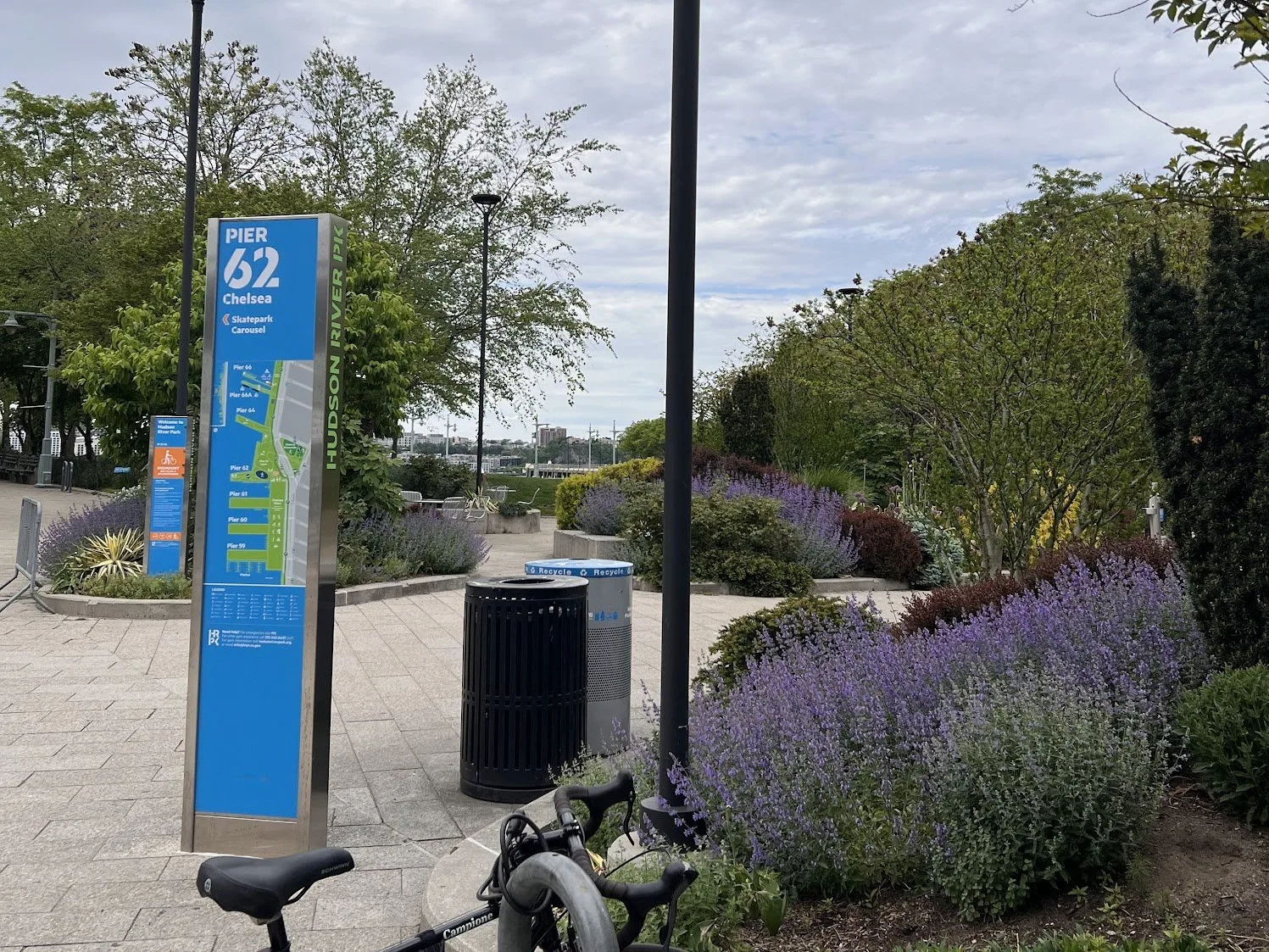
My next stop was Little island situated at pier 55, a former pier that’s been redesigned into a garden and a performance site. It is a beautiful floating park over the waters. The landscaping was absolutely magnificent offering different levels of spectacular views of the city and harbor. Little Island also has a rich variety of botanical plants which are nicely planned along the paths, stairs, or boulders. The whole park landscape is supported by precast concrete pots or columns going below the water. I was also driven towards the unique signage system designed for the park fabricated out of Corten panels and cut through typography very simple and blending completely into the landscape. This park has a common public space in the center for small events, food court area and play area for kids.
Through my visit, I learned the importance of public parks in a busy city like NYC and how they play an important role in bringing people together and allowing them to interact, play, relax, imagine, learn and restore.

I spent my Live It day in the Arctic Norwegian archipelago of Lofoten. My husband had dreamed of visiting Lofoten, and I had dreamed of going to the Arctic and seeing the Northern Lights, so this was a very exciting trip for both of us. We spent most of our days hiking around the area and quickly learned that many trails gave off a “hike at your own risk” vibe. There was always a sign at the start of the trail, but that was about the extent of it. On this particular day, our goal was to hike a trail along the ridge of these mountains (see photo). We set off confidently along the sea, knowing that eventually the trail should trend upwards. The trail seemed pretty straight-forward, so we didn’t feel the need to download the AllTrails route. We did eventually get to the top of the ridge, but it was not by a route I would ever advise. When we didn’t see the trail trend upward, we concluded that we had missed it, and decided to scale the chute of the mountain instead, using the tall grasses to grab and propel ourselves up. It was an exhausting and frustrating experience, and probably not the wisest on our part. I learned the importance of being prepared, but also the importance of a trail to be suitable for the user. Trail identity though confidence markers is essential to the safety and accessibility of the trail user, and I am glad DbD is committed to this important work!

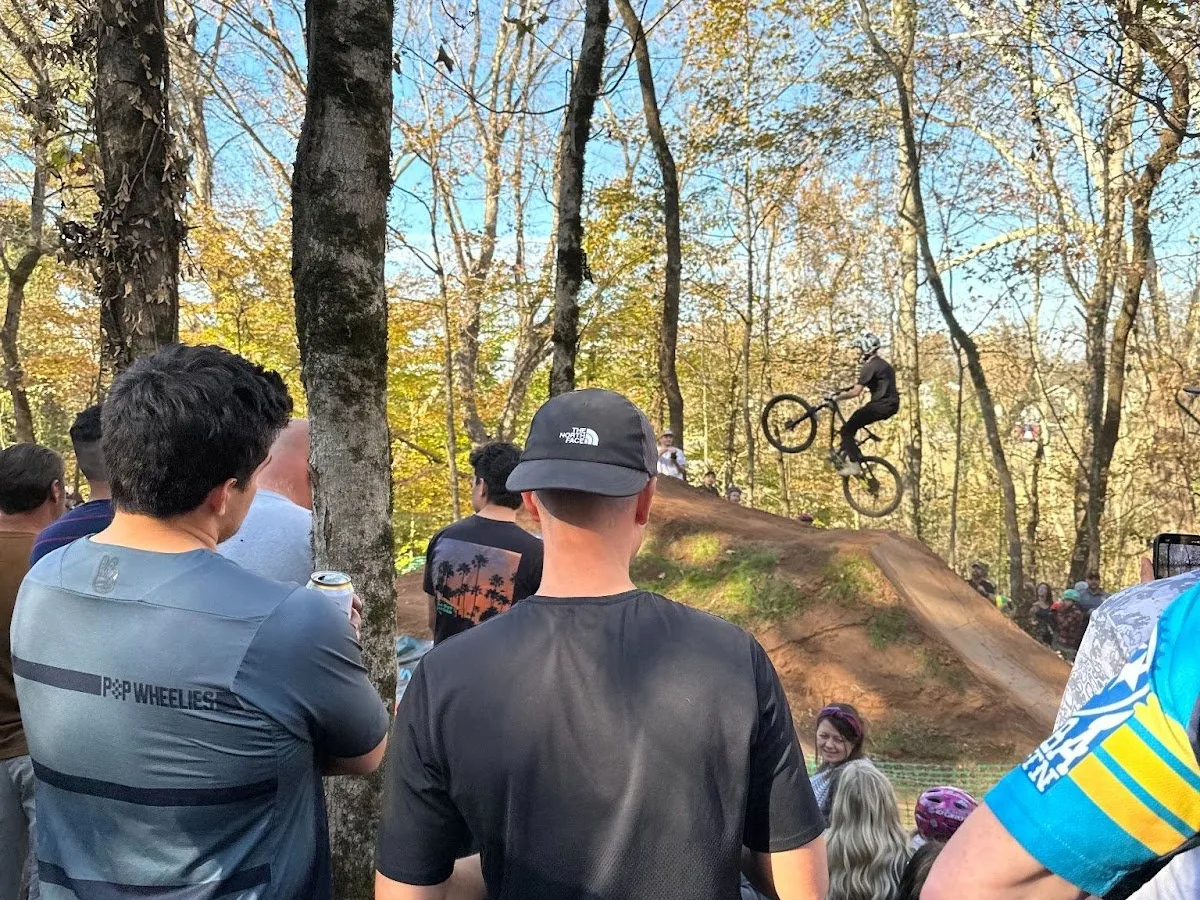
I traveled to Knoxville’s Urban Wilderness for the Appalachian Mountain Bike Club (AMBC)’s Annual Fall Festival at Baker Creek Preserve — Tennessee’s largest mountain bike gathering. It was a blast checking out the Preserve’s ongoing development and new signage, testing out the industry’s latest e-bikes, and spectating the whip off and best line invitational comps. Can’t wait to get more involved in both the sport and this awesome community!

Careers
Help us plan, build, and promote quality of life.
